class: center, middle, inverse, title-slide # 2.6 — Intellectual Property ## ECON 315 • Economics of the Law • Spring 2021 ### Ryan Safner<br> Assistant Professor of Economics <br> <a href="mailto:safner@hood.edu"><i class="fa fa-paper-plane fa-fw"></i>safner@hood.edu</a> <br> <a href="https://github.com/ryansafner/lawS21"><i class="fa fa-github fa-fw"></i>ryansafner/lawS21</a><br> <a href="https://lawS21.classes.ryansafner.com"> <i class="fa fa-globe fa-fw"></i>lawS21.classes.ryansafner.com</a><br> --- class: inverse # Outline ### [Sequential Games](#7) ### [The Problem With Ideas](#23) ### [Patents](#44) ### [Copyrights](#65) ### [Interlude: Intellectual *Property Rights*?](#83) ### [Trademarks](#94) ### [Trade Secrets](#108) --- class: inverse, center, middle # Sequential Games --- # Sequential Games: Extensive Form .pull-left[ - We consider an .hi[Entry Game], a .hi-purple[sequential] game played between a potential .hi-red[Entrant] and an .hi-blue[Incumbent] - A sequence of play: .hi-red[Entrant] moves first, .hi-blue[Incumbent] moves second - Note: the magnitude of the payoffs don't really matter, only their *relative sizes* - Hence, my simple numbers ] .pull-right[ .center[  ] ] --- # Pure Strategies .pull-left[ - This game is depicted in .hi-purple[“Extensive form”] or a .hi-purple[game tree] - Each player faces at least one .hi-turquoise[“decision node”] (solid, colored by player) - .hi-red[Entrant] chooses between .red[Enter] or .red[Stay Out] at node .red[E.1] - .hi-blue[Incumbent] chooses between .blue[Accommodate] or .blue[Fight] at .blue[I.1] - Game ends at any .hi-turquoise[“terminal node”] (hollow), and each player earns payoffs (.red[Entrant], .blue[Incumbent]) ] .pull-right[ .center[  ] ] --- # Pure Strategies .pull-left[ .smaller[ - We need to talk more about .hi[strategies] - .hi[“Pure” strategy]: a player's *complete* plan of action for every possible contingency - i.e. what a player will choose at *every* possible decision node; think like an .hi-turquoise[algorithm]: > If we reach node 1, then I will play X; if we reach node 2, then I will play Y; if ... - .hi-purple["Mixed strategy"]: play a strategy with some probability ] ] .pull-right[ .center[  ] ] --- # Solving a Sequential Game .pull-left[ - .hi-red[Entrant] has 2 pure strategies: 1. .red[Stay Out] at .red[E.1] 2. .red[Enter] at .red[E.1] - .hi-blue[Incumbent] has 2 pure strategies: 1. .blue[Accommodate] at .blue[I.1] 2. .blue[Fight] at .blue[I.1] - Note .hi-blue[Incumbent]'s strategy only comes into play if .hi-red[Entrant] plays .red[Enter] and the game reaches node .blue[I.1] ] .pull-right[ .center[  ] ] --- # Solving a Sequential Game: Backward Induction .pull-left[ - .hi[Backward induction]: to determine the outcome of the game, start with the *last-mover* (i.e. decision nodes just before terminal nodes) and work to the beginning - A process of considering .hi[“sequential rationality”]: > “If I play X, my opponent will respond with Y; given their response, do I really want to play X?” - What is that mover's best choice to maximize their payoff? ] .pull-right[ .center[  ] ] --- # Solving a Sequential Game: Backward Induction .pull-left[ - We start at .blue[I.1] where .hi-blue[Incumbent] can: - .blue[Accommodate] to earn .blue[1] - .blue[Fight] to earn .blue[0] ] .pull-right[ .center[  ] ] --- # Solving a Sequential Game: Backward Induction .pull-left[ - .hi-blue[Incumbent] will .hi-blue[Accommodate] if game reaches .hi-blue[I.1] ] .pull-right[ .center[ 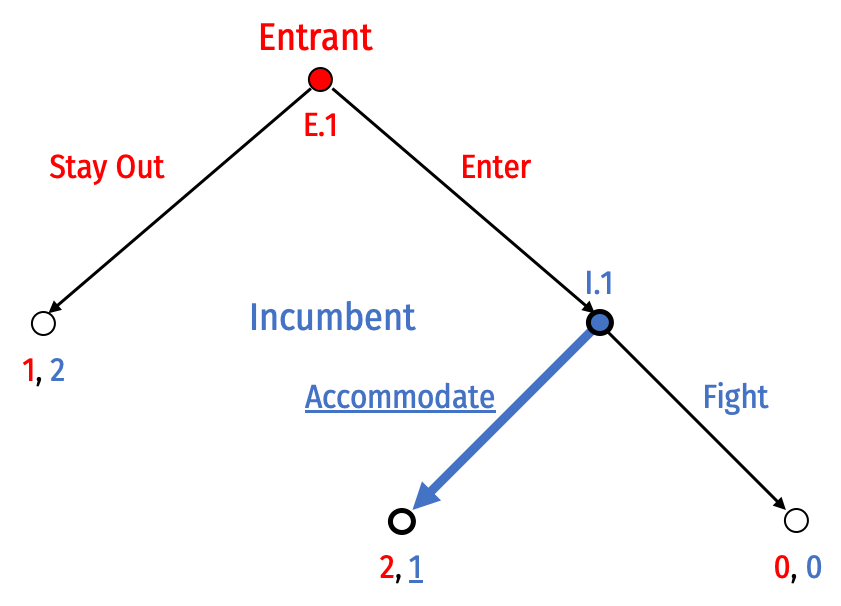 ] ] --- # Solving a Sequential Game: Backward Induction .pull-left[ - .hi-blue[Incumbent] will .hi-blue[Accommodate] if game reaches .hi-blue[I.1] - Given this, what will .hi-red[Entrant] do at .hi-red[E.1]? - .red[Stay Out] to earn .red[1] - .red[Enter], knowing .hi-blue[Incumbent] will .blue[Accommodate], and so will earn .red[2] ] .pull-right[ .center[  ] ] --- # Solving a Sequential Game: Backward Induction .pull-left[ - .hi-red[Entrant] will .red[Enter] at .red[E.1] - Continue until we've reached the initial node (beginning) - We have the outcome: .center[ (.hi-red[Enter], .hi-blue[Accommodate]) ] - Some textbooks call this a .hi-purple[“rollback equilibrium”] - more technical name: .hi-purple[subgame perfect Nash equilibrium] ] .pull-right[ .center[  ] ] --- # Sequential Games: Normal vs. Extensive Form .pull-left[ - Any game in extensive form can also be depicted in .hi-purple[“normal”] or .hi-purple[“strategic” form] (a payoff matrix) - Note, if .hi-red[Entrant] plays .red[Stay Out], doesn't matter what .hi-blue[Incumbent] plays, payoffs are the same - Solve this for Nash Equilibria... ] .pull-right[ .center[ 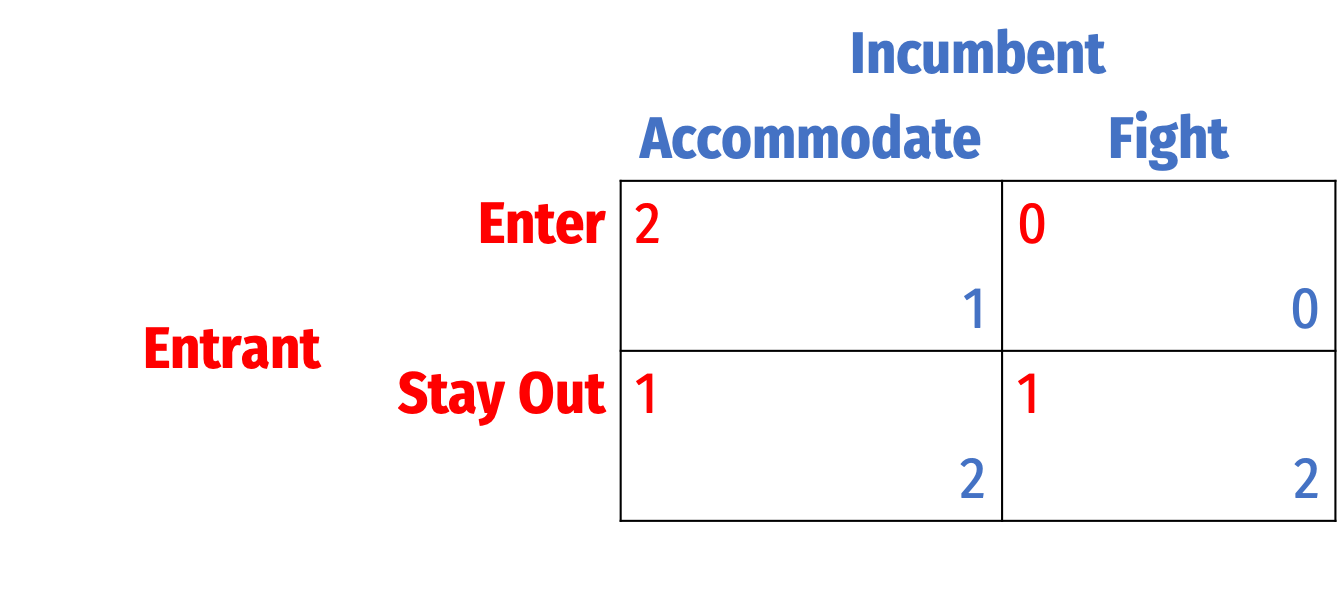 ] ] --- # Nash Equilibria .pull-left[ - Two Nash Equilibria: 1. (.hi-red[Enter], .hi-blue[Accommodate]) 2. (.hi-red[Stay Out], .hi-blue[Fight]) - But remember, we ignored the *sequential* nature of this game in normal form - Which Nash equilibrium is **sequentially rational?** - New solution concept: .hi[subgame perfect Nash equilibrium (SPNE)] ] .pull-right[ .center[  ] ] --- # Subgames .pull-left[ - .hi-purple[Subgame]: any portion of a full game beginning at one node and continuing until all terminal nodes - i.e. any decision node starts a subgame containing all the "branches" of that decision node - Every full game is itself a subgame - How many subgames does *this* game have? ] .pull-right[ .center[  ] ] --- # Subgames .pull-left[ 1. Subgame initiated at decision node .hi-red[E.1] (i.e. the full game) 2. Subgame initiated at decision node .hi-blue[I.1] ] .pull-right[ .center[ 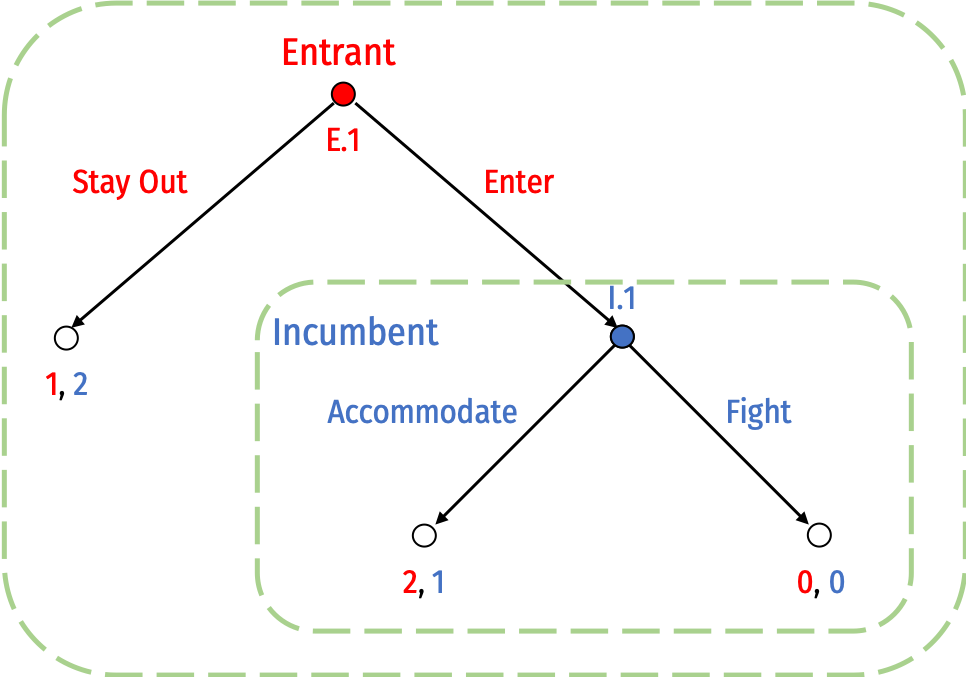 ] ] --- # Subgame Perfect Nash Equilibrium .pull-left[ - Consider each subgame as a game itself and ignore the .hi-purple[“history”] of play that got a to that subgame - What is optimal to play in *that* subgame? - Consider a set of strategies that is optimal for all players in *every* subgame it reaches - That is a .hi[subgame perfect Nash equilibrium] ] .pull-right[ .center[  ] ] --- # Subgame Perfect Nash Equilibrium .pull-left[ - Recall our two Nash Equilibria from normal form: 1. (.hi-red[Enter], .hi-blue[Accommodate]) 2. (.hi-red[Stay Out], .hi-blue[Fight]) ] .pull-right[ .center[   ] ] --- # Subgame Perfect Nash Equilibrium .pull-left[ - Recall our two Nash Equilibria from normal form: 1. (.hi-red[Enter], .hi-blue[Accommodate]) 2. (.hi-red[Stay Out], .hi-blue[Fight]) - Consider the second set of strategies, where .hi-blue[Incumbent] chooses to .blue[Fight] at node .blue[I.1] - What if for some reason, .hi-blue[Incumbent] is playing this strategy, and .hi-red[Entrant] unexpectedly plays .red[Enter]? ] .pull-right[ .center[   ] ] --- # Subgame Perfect Nash Equilibrium .pull-left[ - It's **not rational** for .hi-blue[Incumbent] to play .blue[Fight] if the game reaches .blue[I.1]! - Would want to switch to .blue[Accommodate]! - .hi-blue[Incumbent] playing .hi-blue[Fight] at .blue[I.1] is **not a Nash Equilibrium in this subgame!** - Thus, Nash Equilibrium (.hi-red[Stay Out], .hi-blue[Fight]) is **not sequentially rational** - It *is* still a Nash equilibrium! ] .pull-right[ .center[   ] ] --- # Subgame Perfect Nash Equilibrium .pull-left[ - Only (.hi-red[Enter], .hi-blue[Accommodate]) is a .hi-purple[Subgame Perfect Nash Equilibrium (SPNE)] - These strategy profiles for each player constitute a Nash equilibrium in every possible subgame! - Simple connection: rollback equilibrium is always SPNE! ] .pull-right[ .center[   ] ] --- # SPNE and Credibility .pull-left[ - Suppose before the game started, .hi-blue[Incumbent] announced to .hi-red[Entrant] > “if you .red[Enter], I will .blue[Fight]!” - This **threat** is .hi-purple[not credible] because playing .blue[Fight] in response to .red[Enter] is not rational! - The strategy is not Subgame Perfect! ] .pull-right[ .center[   ] ] --- class: inverse, center, middle # The Problem With Ideas --- # What Would an Efficient Property Law Look Like? .pull-left[ - Recall the 4 questions any property system must answer: 1. .hi-purple[What can be privately owned?] 2. .gray[What can (and can't) an owner do with her property?] 3. .gray[How are property rights established?] 4. .gray[What remedies are available when property rights are violated?] ] .pull-right[ .center[ 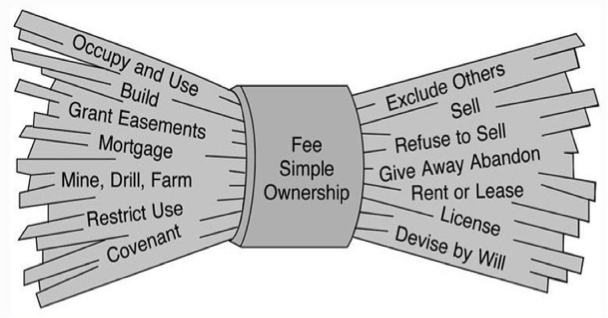 ] ] --- # The Economic *Problem* with Ideas I .pull-left[ .center[  ] ] -- .pull-right[ - Ideas have a .hi-purple[public good] aspect to them - .hi-purple[Nonrival] - .hi-purple[Nonexcludable] - Possessors of ideas are unable to .hi-purple[appropriate] value from selling ideas ] --- # The Economic *Problem* with Ideas II .left-column[ .center[  Thomas Jefferson (1743-1826) ] ] .right-column[ > "He who receives an idea from me, receives instruction himself without lessening mine; as he who lights his taper at mine, receives light without darkening me. That ideas should freely spread from one to another over the globe, for the moral and mutual instruction of man, and improvement of his condition, seems to have been peculiarly and benevolently designed by nature, when she made them, like fire, expansible over all space, without lessening their density in any point, and like the air in which we breathe, move, and have our physical being, incapable of confinement or exclusive appropriation." ] .source[Jefferson, Thomas, 13 Aug 1813, "Letter to Isaac MacPherson," ] --- # High Fixed Costs, Low Marginal Costs I .pull-left[ .center[  ] ] .pull-right[ .center[  ] ] - It costs about $1,000,000,000 and 10 years on average to create a new drug. Once discovered, it costs the firm (or it's competitors!) about $0.50/pill to manufacture. --- # High Fixed Costs, Low Marginal Costs II .pull-left[ .center[  ] ] -- .pull-right[ .center[  Source: [Washington Post (Sept 8, 2017)](https://www.washingtonpost.com/news/morning-mix/wp/2017/09/08/game-of-thrones-was-pirated-more-than-a-billion-times-far-more-than-it-was-watched-legally/) ] ] --- # Positive Spillovers .left-column[ .center[  .smallest[ William Nordhaus (1941-) Economics Nobel 2018 ] ] ] .right-column[ .smaller[ > "We conclude that [about 2.2%] of the social returns from technological advances over the 1948-2001 period was captured by producers, indicating that most of the benefits of technological change are passed on to consumers rather than captured by producers," (p.1) ] ] .source[Nordhaus, William, 2004, ["Schumpeterian Profits in the American Economy: Theory and Measurement,"](https://www.nber.org/papers/w10433) *NBER Working Paper* 10433] --- # The Economic Problem With Information .pull-left[ .smallest[ - Information is very costly to generate, very easy to disseminate/imitate - High fixed costs `\(f\)`, constant low/zero marginal costs `\(c\)` - Implies .hi-purple[economies of scale], falling average costs `$$AC(q)=\frac{f}{q}+c$$` ] ] .pull-left[ <img src="2.6-slides_files/figure-html/unnamed-chunk-1-1.png" width="504" style="display: block; margin: auto;" /> ] --- # The Economic Problem With Information .pull-left[ .smallest[ - Information is very costly to generate, very easy to disseminate/imitate - High fixed costs `\(f\)`, constant low/zero marginal costs `\(c\)` - Implies .hi-purple[economies of scale], falling average costs `$$AC(q)=\frac{f}{q}+c$$` - `\(AC(q)>MC(q)\)` always - Socially-efficient .hi-purple[marginal cost pricing *is not* profitable] - Producing `\(q_c\)` where `\(p=MC\)`, is below `\(AC(q)\)` ] ] .pull-right[ <img src="2.6-slides_files/figure-html/unnamed-chunk-2-1.png" width="504" style="display: block; margin: auto;" /> ] --- # The Economic Problem With Information .pull-left[ - If left to own devices, acts like a monopoly - Creates inefficiency - Restrict output to `\(q_M\)` where `\(MR(q)=MC(q)\)` - Mark up price to consumers' max WTP at `\(p_M\)` - Small .hi-blue[consumer surplus] - Generates **DWL** ] .pull-right[ <img src="2.6-slides_files/figure-html/monopolist-1.png" width="504" style="display: block; margin: auto;" /> ] --- # The Economic Problem With Information .pull-left[ - But now consider a **second firm**, with same `\(MC(q)=c\)` but **no fixed costs** `\(f\)`! - Doesn't have to invest in R&D, just copy the first firm! - If by itself, could maximize profits at `\(p_m\)` - But so long as it can charge `\(p<AC(q)\)` of the first firm, can capture the market and push the first firm out of business ] .pull-right[ <img src="2.6-slides_files/figure-html/unnamed-chunk-3-1.png" width="504" style="display: block; margin: auto;" /> ] --- # A Game-Theoretic Example .pull-left[ .bg-washed-green.b--dark-green.ba.bw2.br3.shadow-5.ph4.mt5[ .hi-green[Example]: Suppose a company discovers a new drug. ] - Fixed costs of $1,000 for R&D - Monopoly profits of $2,500 - Second firm can imitate for free, duopoly profits would be $450 each ] .pull-right[ .center[  ] ] --- # A Game-Theoretic Example .pull-left[ .bg-washed-green.b--dark-green.ba.bw2.br3.shadow-5.ph4.mt5[ .hi-green[Example]: Suppose a company discovers a new drug. ] - Fixed costs of $1,000 for R&D - Monopoly profits of $2,500 - Second firm can imitate for free, duopoly profits would be $450 each - A sequential game where .hi-red[Innovator] goes first ] .pull-right[ .center[ 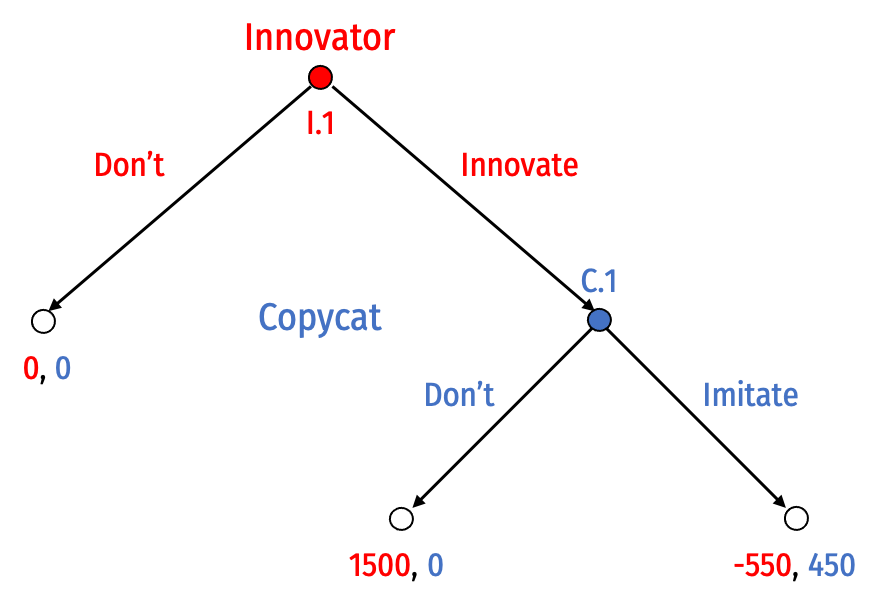 ] ] --- # A Game-Theoretic Example .pull-left[ .bg-washed-green.b--dark-green.ba.bw2.br3.shadow-5.ph4.mt5[ .hi-green[Example]: Suppose a company discovers a new drug. ] - .hi-purple[SPNE]: {.red[Don't], .blue[Imitate]} - Lose valuable innovation - Note: .hi-blue[Copycat] could *promise* not to .blue[Imitate], but it would not be a .hi-purple[credible] promise! ] .pull-right[ .center[ 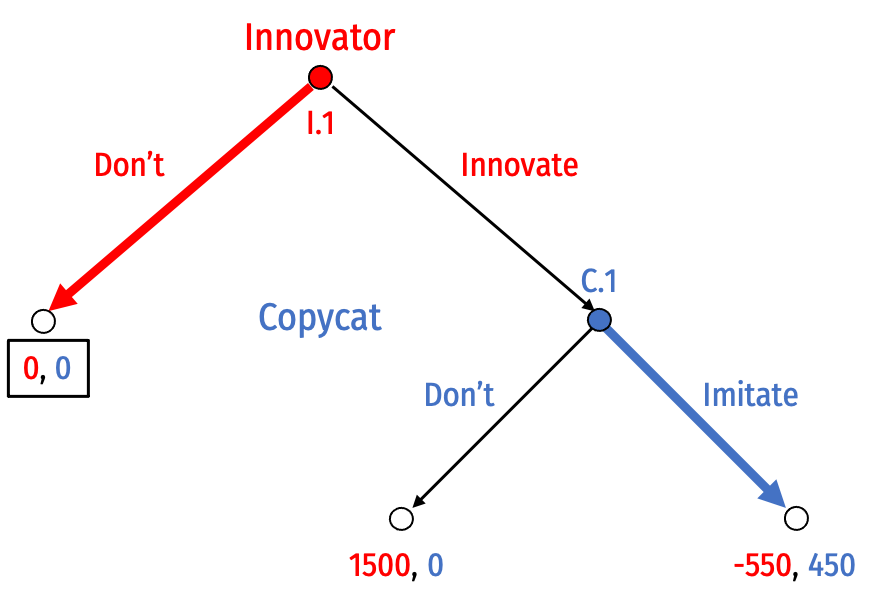 ] ] --- # A Game-Theoretic Example .pull-left[ .bg-washed-green.b--dark-green.ba.bw2.br3.shadow-5.ph4.mt5[ .hi-green[Example]: Suppose a company discovers a new drug. ] - Suppose instead, .hi-red[Innovator] can obtain a .hi-purple[patent] and sue .hi-blue[Copycat] (whether for damages or injunction) for .hi-purple[infringement] - .hi-blue[Copycat] would suffer some penalty P ] .pull-right[ .center[ 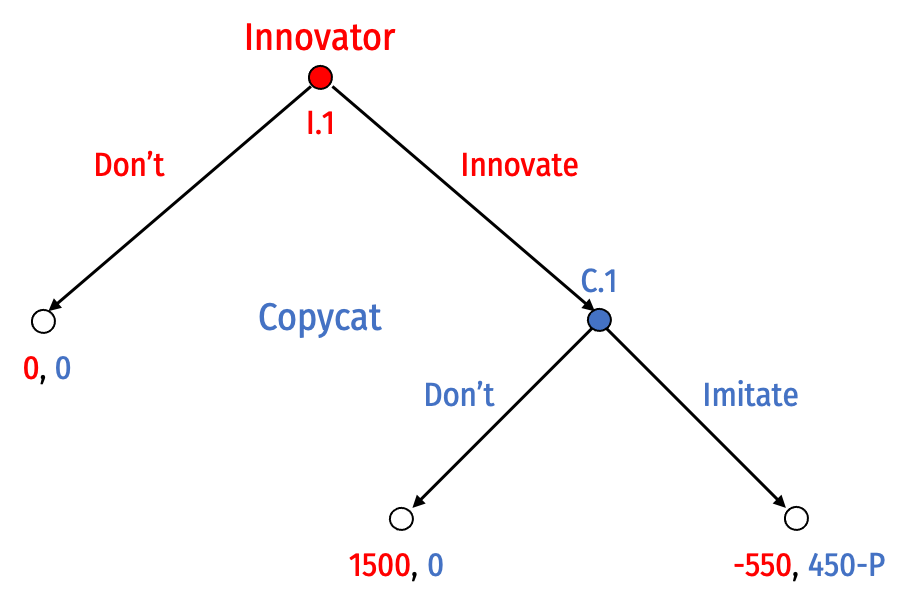 ] ] --- # A Game-Theoretic Example .pull-left[ .bg-washed-green.b--dark-green.ba.bw2.br3.shadow-5.ph4.mt5[ .hi-green[Example]: Suppose a company discovers a new drug. ] - Suppose instead, .hi-red[Innovator] can obtain a .hi-purple[patent] and sue .hi-blue[Copycat] (whether for damages or injunction) for .hi-purple[infringement] - .hi-blue[Copycat] would suffer some penalty P - If P>450, .hi-blue[Copycat] chooses .blue[Don't] - .hi-purple[SPNE] becomes {.red[Innovate], .blue[Don't]} ] .pull-right[ .center[ 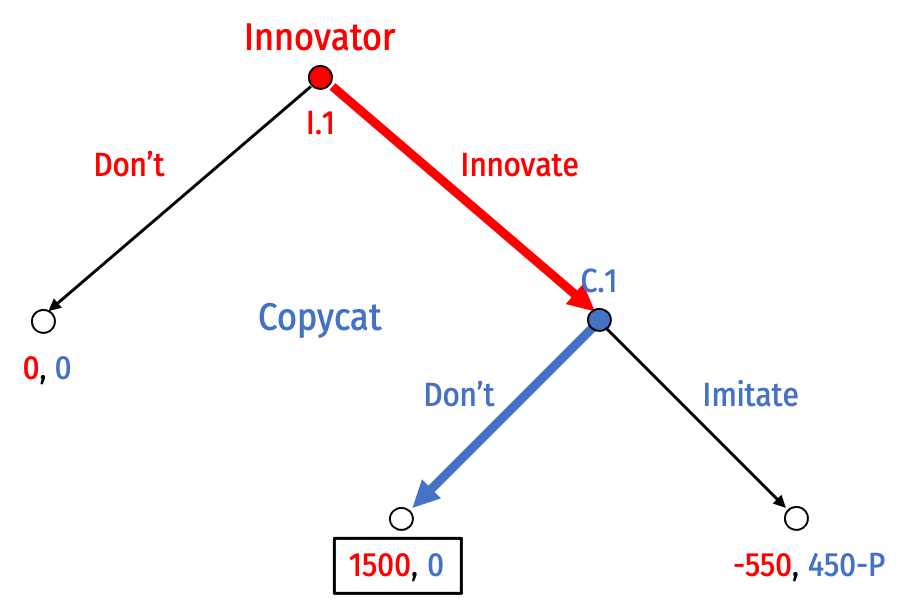 ] ] --- # The Economic Problem With Information .pull-left[ - But now we're back to the outcome where the .hi-red[Innovator] becomes a **monopoly**! - We’re trading off one inefficiency for another - Without patents: no innovation - With patents: monopoly ] .pull-right[ <img src="2.6-slides_files/figure-html/unnamed-chunk-4-1.png" width="504" style="display: block; margin: auto;" /> ] --- # The Purpose of Intellectual Property .left-column[ .center[ 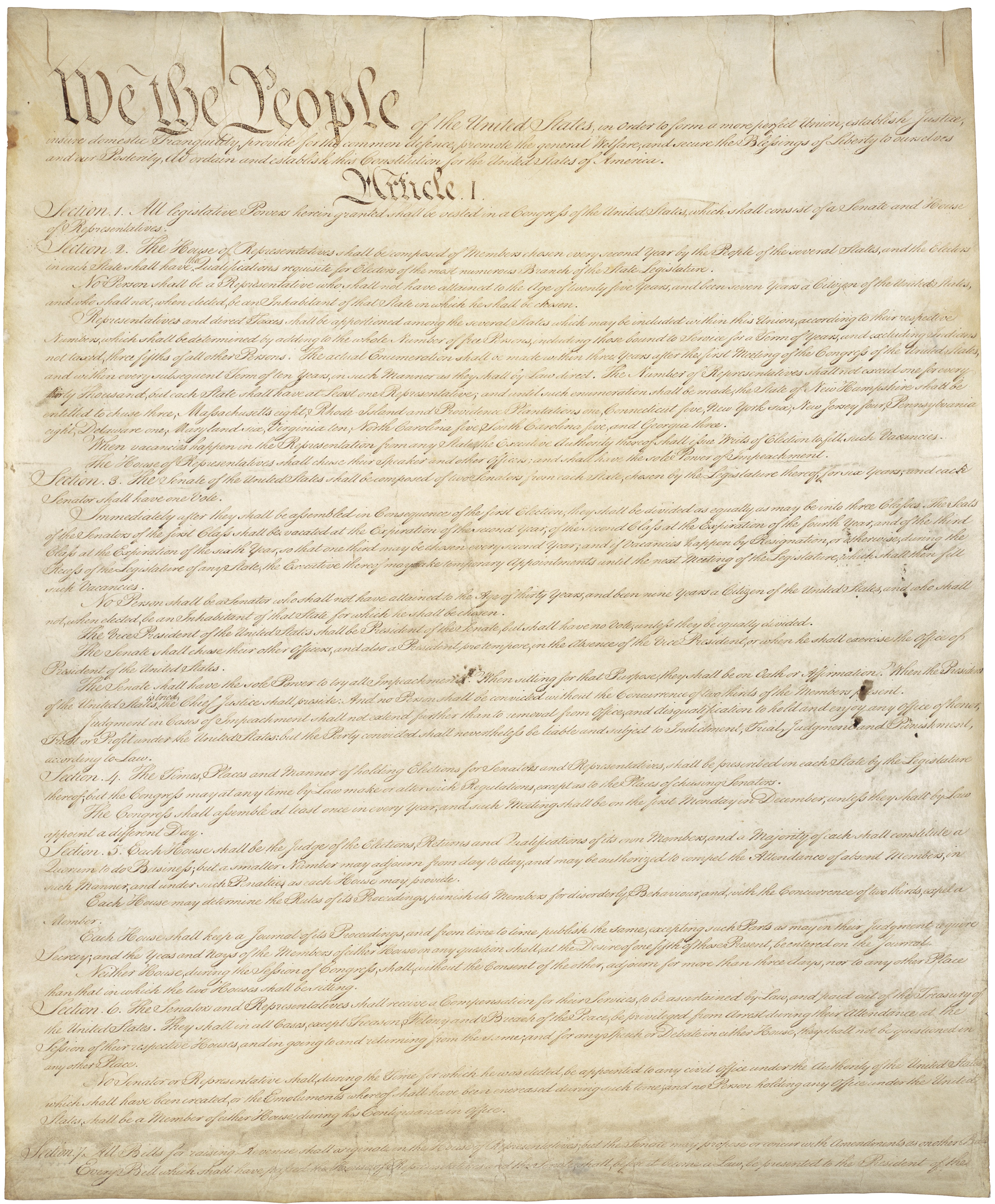 ] ] .right-column[ > “The Congress shall have Power...To promote the Progress of Science and useful Arts, by securing for limited Times to Authors and Inventors the exclusive Right to their respective Writings and Discoveries.” United States Constitution, Article I, § 8, Clause 8 ] --- # Intellectual Property .pull-left[ - .hi-purple[Intellectual property (IP)]: ways that individual/s (or firm) can claim ownership of .hi-purple[information] - .hi[Patents] over products, commercial processes - .hi[Copyrights] over expressions - .hi[Trademarks] over brand names, logos - .hi[Trade secrets] ] .pull-right[ .center[  ] ] --- class: inverse, center, middle # Patents --- # Patents .pull-left[ - .hi[Patent] grants the holder the **exclusive rights** to prevent others from producing and selling a product for a limited time ] .pull-right[ .center[ 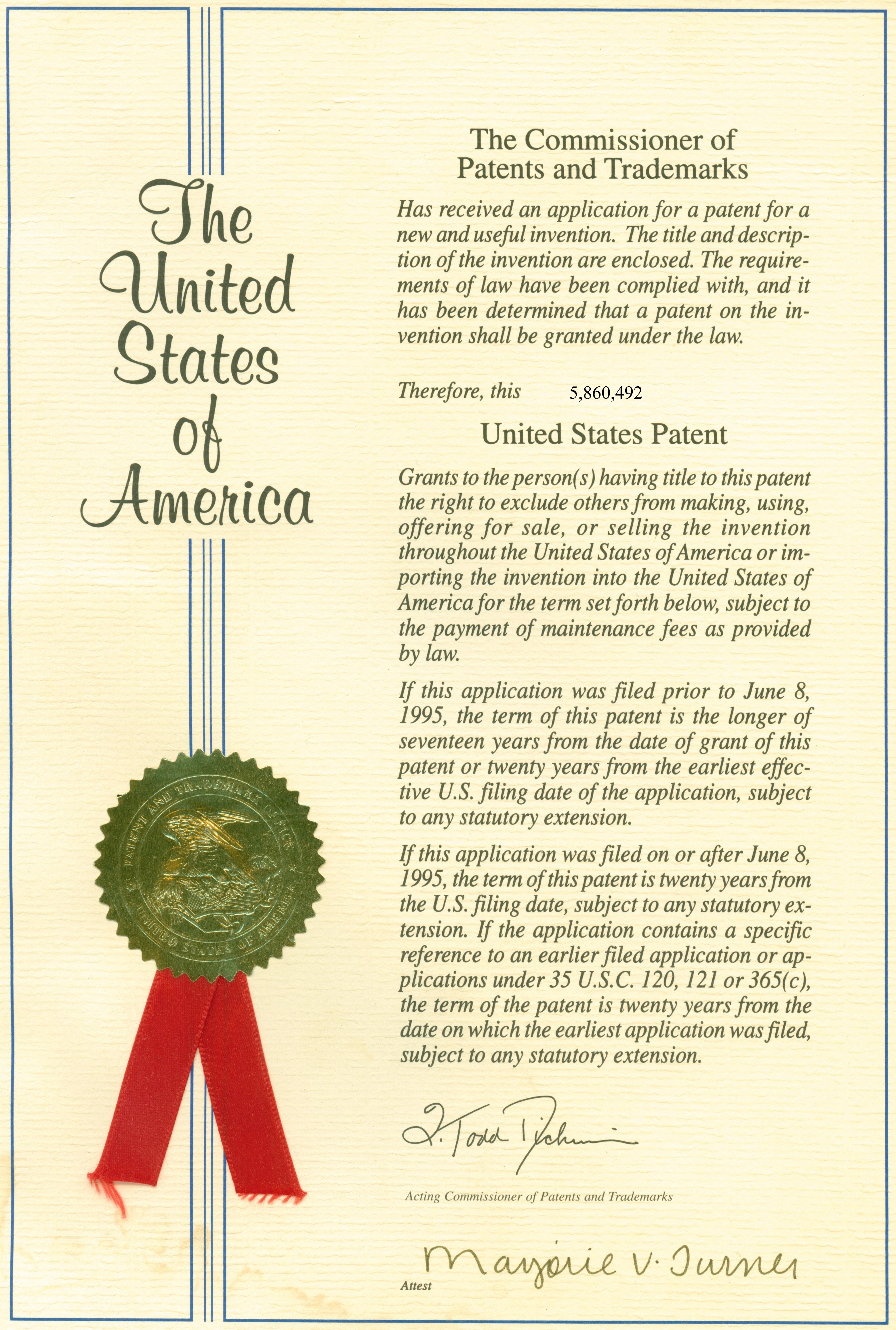 ] ] --- # Patents: Rights .pull-left[ - .hi[Patent] grants the holder > “the right to exclude others from making, using, offering for sale, or selling the invention throughout the U.S. or importing the invention into the U.S” - Lasts only for a limited time - 20 years from date of application - Optional 20 year renewal .source[[35 U.S.C. § 154](https://www.law.cornell.edu/uscode/text/35/154)] ] .pull-right[ .center[  ] ] --- # Patents: Acquisition .pull-left[ - Apply to government .hi[Patent and Trademark Office (PTO)] - For application to be approved, invention must be: 1. .hi-purple[Novel] 2. .hi-purple[Non-obvious] 3. Have .hi-purple[practical utility] .source[[35 U.S.C. § 101-103](https://www.law.cornell.edu/uscode/text/35/part-II/chapter-10)] ] .pull-right[ .center[ 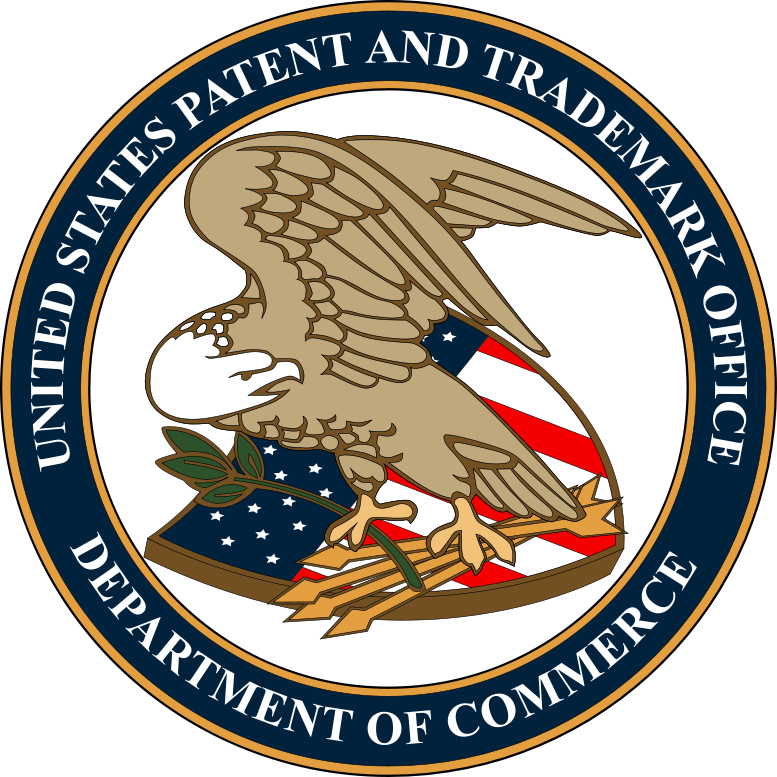 ] ] --- # Patents and the Public Domain .pull-left[ - Patent requires detailed instructions and figures for how to produce the product - Upon expiration, invention enters the .hi[public domain], where all at liberty to use - Cannot patent “laws of nature, natural phenomena, and abstract ideas” ] .pull-right[ .center[ 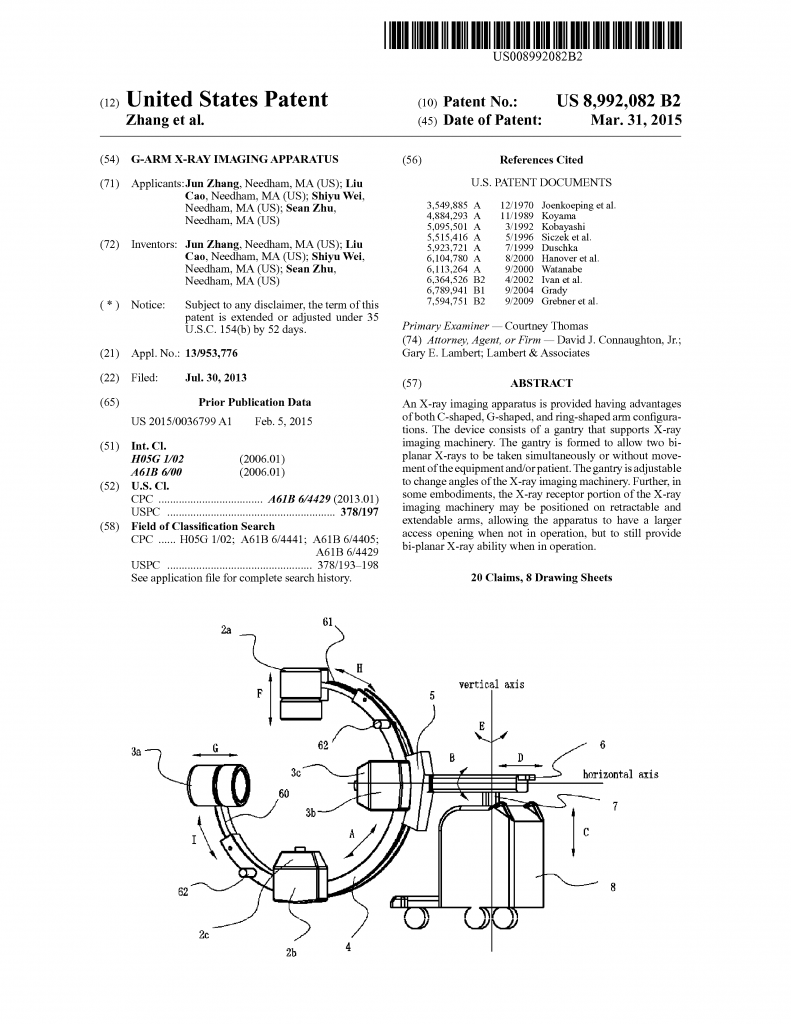 ] ] --- # Patents .pull-left[ - Patents are property rights - Can be sold or gifted to others - Can be .hi-purple[licensed] to others (others can produce/sell/use product in exchange for a .hi-purple[royalty] fee) - Holder can choose *not* to exercise rights - Use/sale of product without consent of patent-holder constitutes .hi-purple[infringement] - Patent-holder can sue for .hi-purple[damages] & .hi-purple[injunction] against future use ] .pull-right[ .center[  ] ] --- # History of Patents .pull-left[ - “Letters Patent” by English Crown (esp. 17<sup>th</sup> C.—18<sup>th</sup> C.) - 1623 Statute of Monopolies - Patent Act of 1790 (U.S.) ] .pull-right[ .center[  ] ] --- # Issues With Patents: The PTO .pull-left[ - Patents are managed by government bureaucrats - Underpaid, overworked - Lot of bad patents getting through ] .pull-right[ .center[  ] ] --- # Issues With Patents: The PTO .pull-left[ .center[ 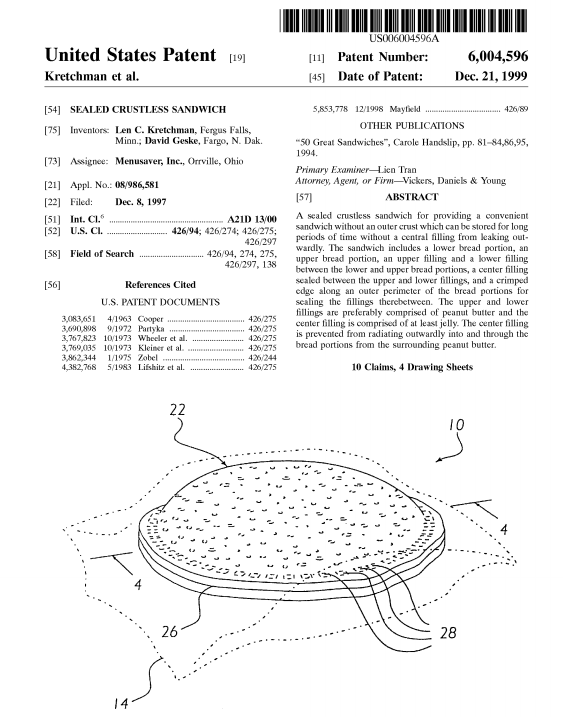 ] ] .pull-right[ .center[ 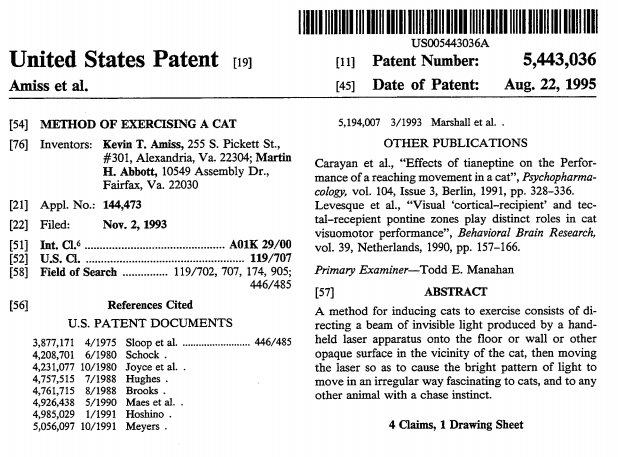 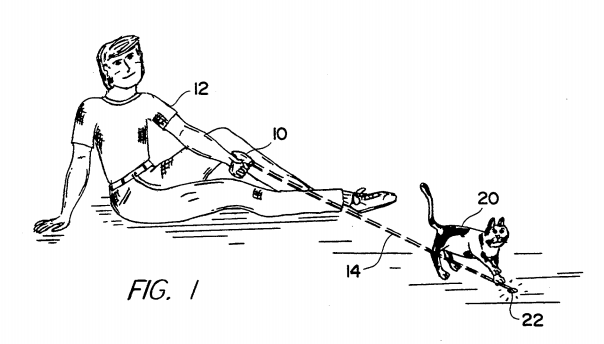 ] ] --- # Issues With Patents: Breadth .quitesmall[ .hi-green[Example]: Consider two similar, but distinct inventions .center[  ] ] --- # Issues With Patents: Breadth .quitesmall[ .hi-green[Example]: Consider two similar, but distinct inventions ] .center[ 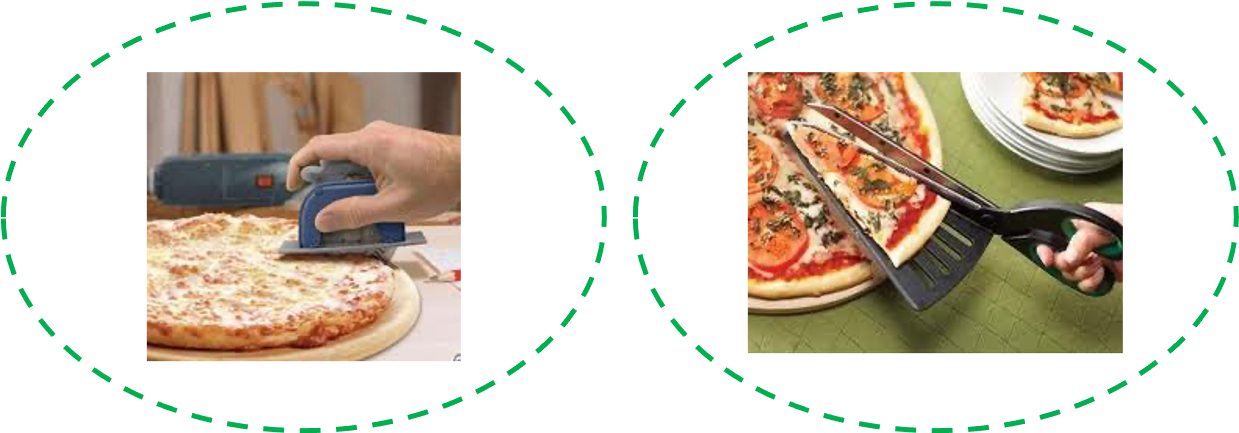 ] .quitesmall[ - If patent breadth is .hi-turquoise[narrow], each be able to patent our own invention, regardless of who invented first - Focus on quality, price, better product vs competition ] --- # Issues With Patents: Breadth .smallest[ .hi-green[Example]: Consider two similar, but distinct inventions ] .center[ 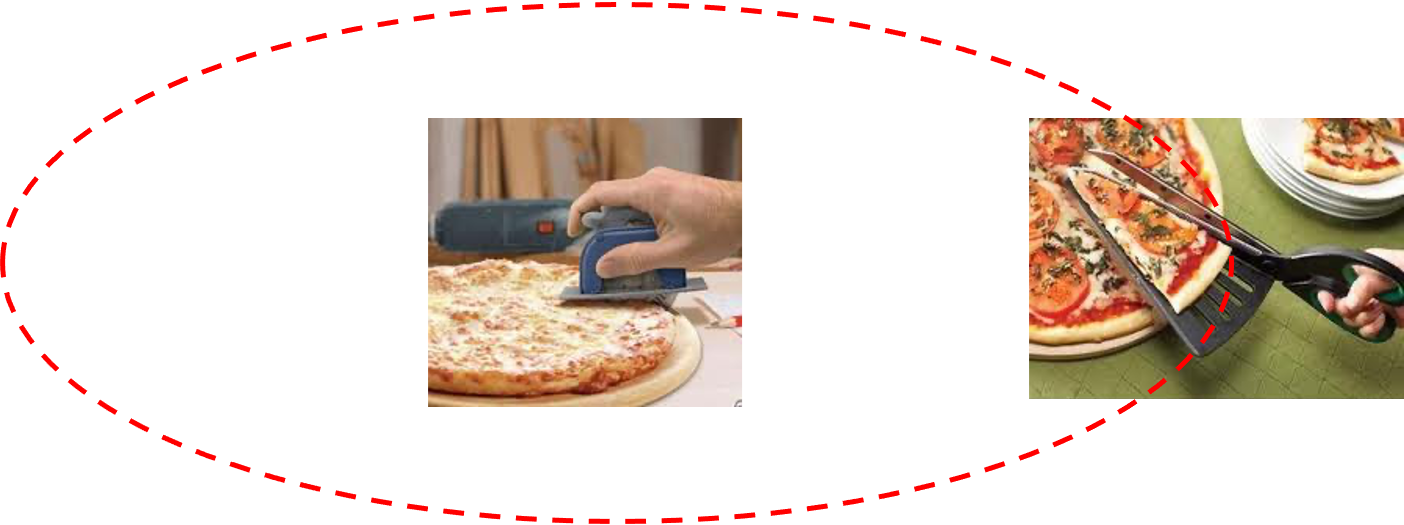 ] .quitesmall[ - If patent breadth is .hi-turquoise[narrow], each be able to patent our own invention, regardless of who invented first - Focus on quality, price, better product vs competition - If patent breadth is .hi-turquoise[narrow], first filer will be able to block the second producer - Becomes a patent race, focus on filing first with inferior product to stop competition ] --- # Issues With Patents: Litigation and “Weak Patents” .pull-left[ - Individuals have been allowed to patent a wide variety of things, often extremely broad and vague - .hi-purple[“Weak” patents]: many of these would not hold up in court - But requires **going to court** to determine; the average patent lawsuit [costs](https://apnews.com/press-release/news-direct-corporation/a5dd5a7d415e7bae6878c87656e90112) $2-5 million ] .pull-right[ .center[ 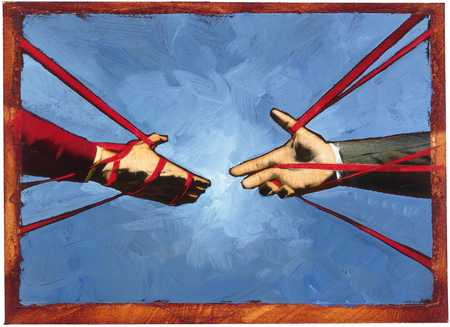 ] ] --- # Issues With Patents: Litigation and “Weak Patents” .pull-left[ - Makes Coasian bargaining too difficult - Unclear who owns property rights (what is the valid breadth of a vague patent?) - Raises transaction costs of production - Some products, especially in tech sector, touch upon hundreds of patents! ] .pull-right[ .center[  ] ] --- # Industry Response: Patent Pools .pull-left[ - .hi[Patent pools]: multiple firms with their own patents reach an agreement to .hi-purple[cross-license] their patents - Effectively all firms in the pool can use all the accumulated patents for a fee - Reduces transaction costs...if you're *in* the patent pool - Market power, oligopoly ] .pull-right[ .center[  ] ] --- # Issues With Patents: Submarine Patents & Patent Trolls .pull-left[ - .hi[Submarine patent]: individual takes out a patent on something extremely broad, doesn’t enforce it for many years (“stays under the surface”), until a producer comes along (thinking the idea is not patented) - .hi[Non-practicing entity (NPE)] aka .hi[Patent troll]: buys up patents not with intention to produce anything, but only to sue individuals and firms for infringement ] .pull-right[ .center[  ] ] --- # Issues With Patents: Submarine Patents & Patent Trolls .center[ <iframe width="980" height="550" src="https://www.youtube.com/embed/4mfduDYCQqA" frameborder="0" allow="accelerometer; autoplay; clipboard-write; encrypted-media; gyroscope; picture-in-picture" allowfullscreen></iframe> ] --- # Issues With Patents: Submarine Patents & Patent Trolls .center[ <iframe width="980" height="550" src="https://www.youtube.com/embed/3bxcc3SM_KA" frameborder="0" allow="accelerometer; autoplay; clipboard-write; encrypted-media; gyroscope; picture-in-picture" allowfullscreen></iframe> ] # The “Patent Thicket” .pull-left[ .center[ 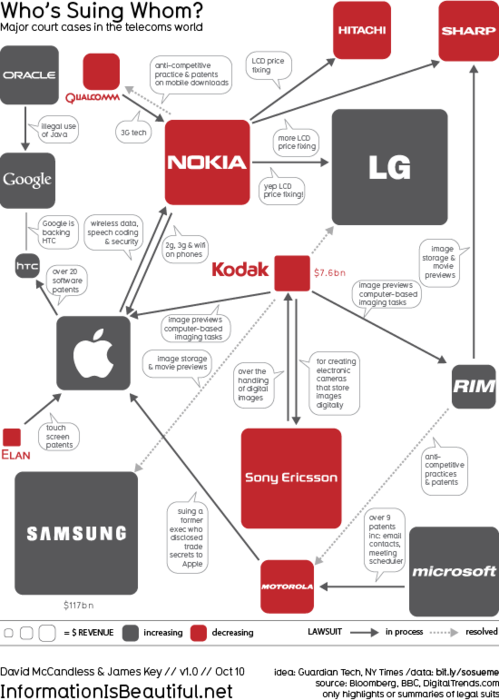 ] ] .pull-right[ - [Apple, Inc. vs. Samsung Electronics Co., Ltd.](https://www.theverge.com/apple/2011/11/2/2533472/apple-vs-samsung) - [Freakonomics: Apple vs. Samsung: Who Owns the Rectangle?](http://freakonomics.com/2012/08/03/apple-vs-samsung-who-owns-the-rectangle/) ] --- # Tragedy of the Anticommons .pull-left[ - .hi[Tragedy of the anti-commons]: too many holders of right to exclude others, blocks productive action - Symmetric to tragedy of the commons (not enough holders of right to exclude others)! ] .pull-right[ .center[ 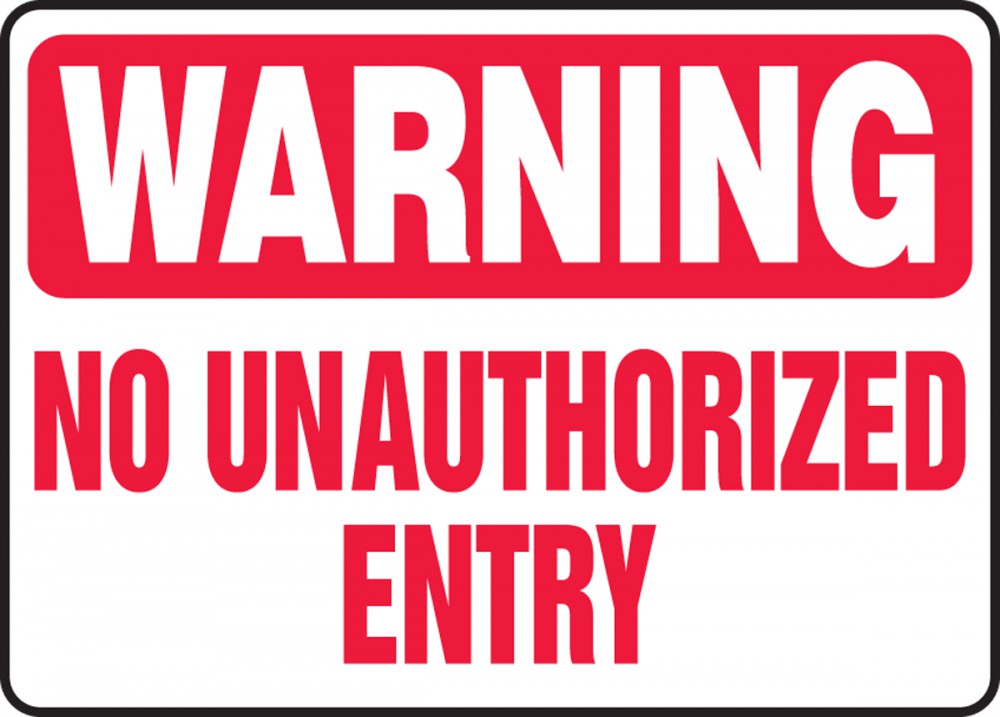 ] ] --- # This Is Extra Problematic Now .pull-left[ .center[  ] ] .pull-right[ .source[Source: [Techdirt (March 16, 2020)](https://www.techdirt.com/articles/20200316/14584244111/softbank-owned-patent-troll-using-monkey-selfie-law-firm-sues-to-block-covid-19-testing-using-theranos-patents.shtml)] ] --- # Patent Challenges in a Nutshell .center[ 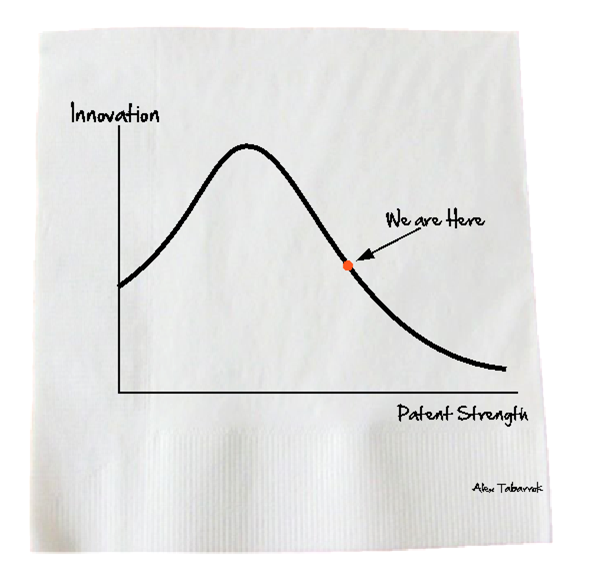 ] .source[[Marginal Revolution (September 19, 2012): “Patent Policy on the Back of a Napkin”](https://marginalrevolution.com/marginalrevolution/2012/09/patent-theory-on-the-back-of-a-napkin.html)] --- class: inverse, center, middle # Copyright --- # Copyright .pull-left[ - .hi[Copyright] grants the holder the **exclusive rights** to prevent others from publishing and selling a particular expressive work for a limited time ] .pull-right[ .center[  ] ] --- # Copyright: Rights .pull-left[ - .hi[Copyright] grants the holder > “the exclusive rights to reproduce the [work]...to prepare derivative works...to distribute to the public by sale or other transfer of ownership, or by rental, lease, or lending,...to perform,...to display publicly” .source[[17 U.S.C. § 106](https://www.law.cornell.edu/uscode/text/17/106)] ] .pull-right[ .center[  ] ] --- # Copyright: Acquisition .pull-left[ - Since the Copyright Act of 1976, copyright is .hi-purple[automatic] > “in original works of authorship fixed in any tangible medium of expression, now known or later developed” - Applies to “literary works, musical works, dramatic works, choreographs, pictorial, graphic, and sculptural works, motion pictures, sound recordings, and architecture” .source[[17 U.S.C. § 102](https://www.law.cornell.edu/uscode/text/17/102)] ] .pull-right[ .center[  ] ] --- # Copyright: Duration .pull-left[ - Copyright lasts for > “a term consisting of the life of the author and 70 years after the author’s death.” - Afterwards, works enter the .hi-purple[public domain] where all are at liberty to use .source[[17 U.S.C. § 302](https://www.law.cornell.edu/uscode/text/17/302)] ] .pull-right[ .center[  ] ] --- # Copyrights .pull-left[ .smallest[ - Copyrights are property rights - Can be sold or gifted to others - Can be .hi-purple[licensed] to others (others can produce/sell/use product in exchange for a .hi-purple[royalty] fee) - Holder can choose *not* to exercise rights - Use/sale of product without consent of copyright-holder constitutes .hi-purple[infringement] - Copyright-holder can sue for .hi-purple[damages] & .hi-purple[injunction] against future use ] ] .pull-right[ .center[  ] ] --- # Copyright vs. Patents .pull-left[ .smallest[ - .hi-purple[Idea-expression dichotomy]: copyright scope is limited to the particular **expressions**, not to the **ideas** themselves - patents cover *ideas per se* - *Baker v Selden* (1879) — can you copyright an accounting system? (no, just a book explaining it) - e.g. for an adventure novel/movie - Can copyright characters, text, scenes, artwork, film, etc. - Can't copyright the general *idea* of the plot (“boy meets girl” or “the hero's journey”) ] ] .pull-right[ .center[   ] ] --- # Copyrights and Fair Use .pull-left[ - One legal defense against infringement (unique to copyright): .hi-purple[“fair use”] > “for purposes such as criticism, comment, news reporting, teaching (including multiple copies for classroom use), scholarship, or research” .source[[17 U.S.C. § 107](https://www.law.cornell.edu/uscode/text/17/107)] ] .pull-right[ .center[  ] ] --- # Copyrights: History .pull-left[ .smallest[ - Stationers' Company since 1557 — London publishers guild & censorship - monopoly over all publishing - created their own private “copy right” - English Civil Wars (1630s—1660s) - Censorship, abuses by Crown & Parliament - Spurned origins of freedom of speech, freedom of press, habeas corpus - 1710 Statute of Anne creates statutory copyright - 1774 *Donaldson v. Beckett*, replaced Stationers' “copy right” ] ] .pull-right[ .center[ 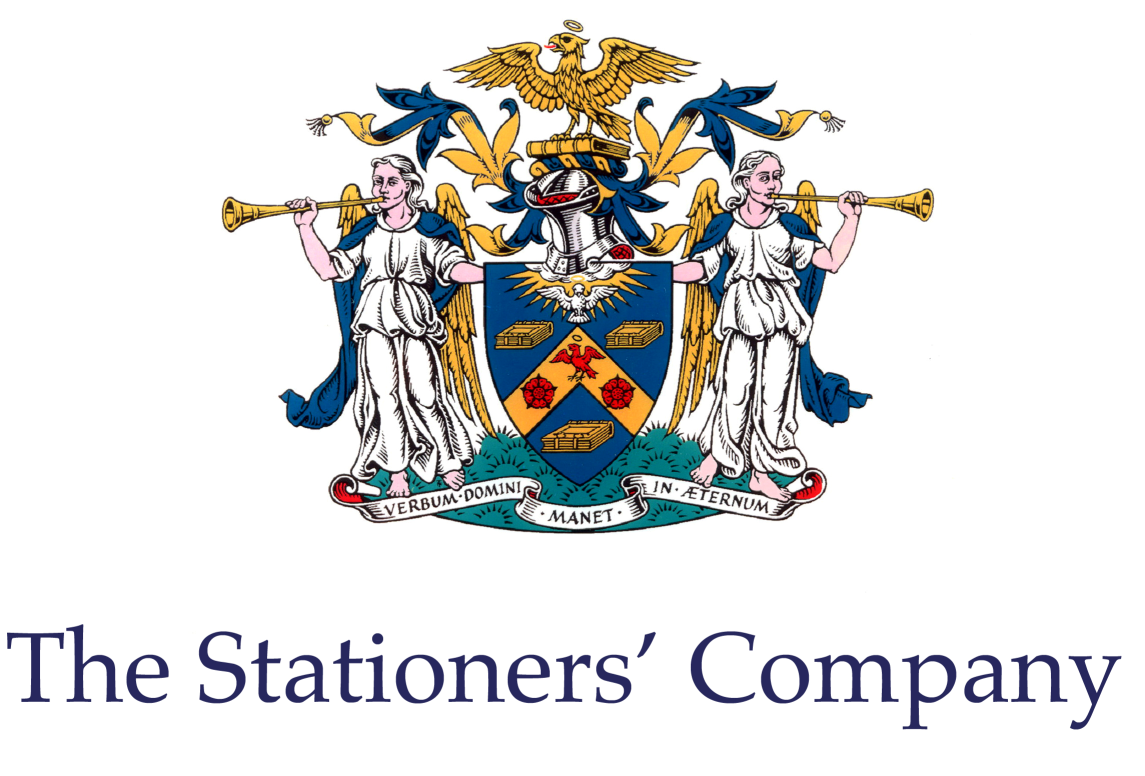  ] ] --- # Copyright: History .pull-left[ - Copyright Act of 1790 creates federal copyright in U.S. - Covers “books, maps, and charts” - 14 year terms, with optional 14 year renewal - authors must both register & declare on their works if they want copyright protection - Almost verbatim 1710 Statute of Anne ] .pull-right[ .center[  ] ] --- # Copyright: History .pull-left[ .smaller[ - 1790—1891 U.S. did not recognize copyrights to foreign authors - U.S. publishing industry largely pirated famous British authors - Set up “courtesy of the trade” system of voluntary norms to avoid tragedy of commons - Created pseudo-property rights in foreign authors works - Ended up paying authors despite no obligation to, nor any legal protection earned - My paper “Honor Among Thieves” ] ] .pull-right[ .center[  ] ] --- # Copyright Challenges: Derivatives .pull-left[ - Copyright-holders have rights over .hi-purple[derivative works] - But most media (books, music, films) need to borrow from originals! .center[  ] ] .pull-right[ .center[ 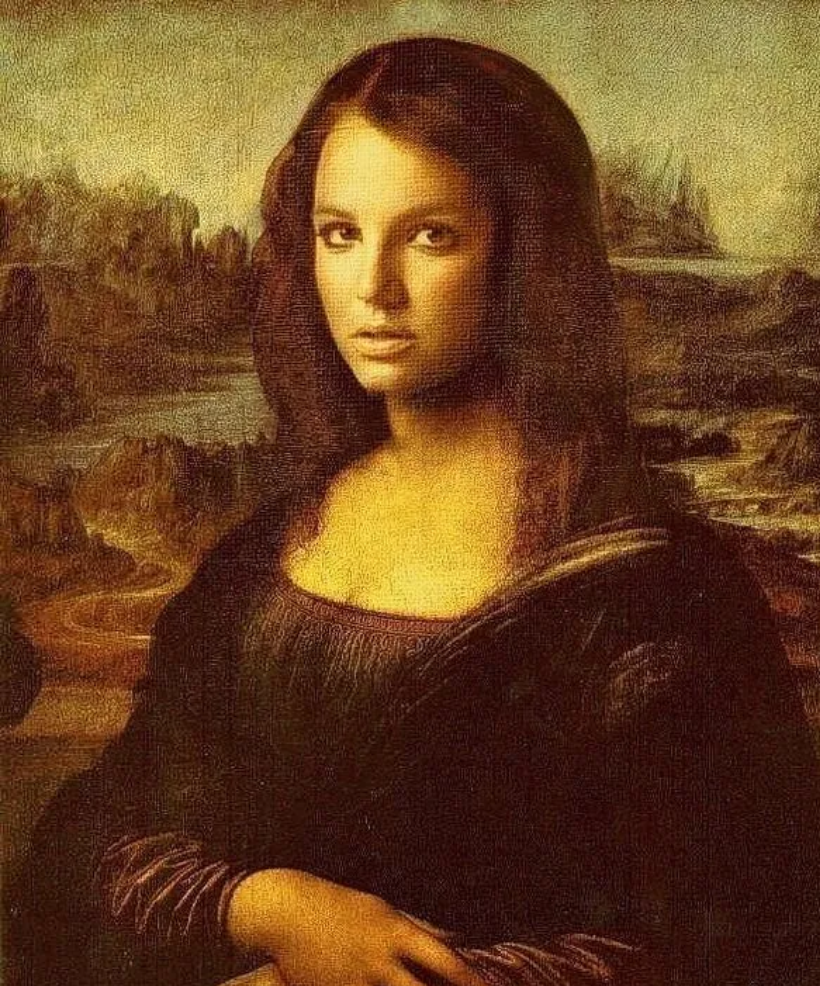 ] ] --- # Copyright Challenges: “Limited” Duration .center[ 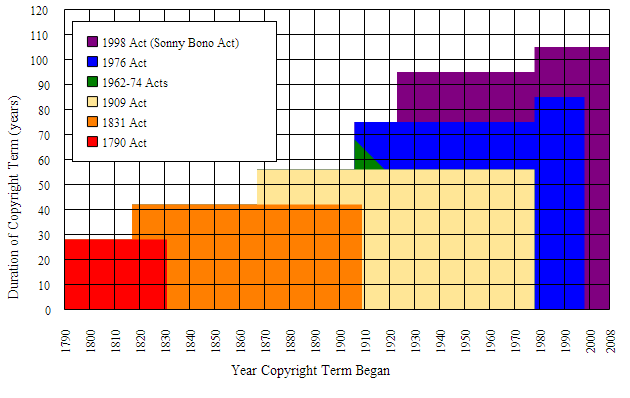 ] --- # Copyright Challenges: Rent-Seeking .pull-left[ - **Copyright Term Extension Act (CTEA)** of 1998 aka the **“Sonny Bono Act”** extended copyright from author’s life + 50 years to (current) author’s life + 70 years - More controversially, it *retroactively* extended this duration to works about to expire in 1998 - **“The Mickey Mouse Protection Act”** - Enormous lobbying by Disney ] .pull-right[ .center[ 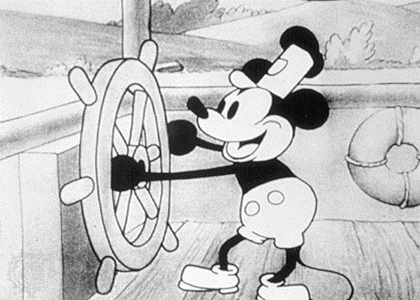 ] ] --- # Copyright Challenges: “Limited” Duration .pull-left[ .smaller[ - 2003 [*Eldred v. Ashcroft*](https://en.wikipedia.org/wiki/Eldred_v._Ashcroft) - Eldred sued U.S., claiming the 1998 CTEA makes copyright no longer a reasonable “limited time” - [Amicus brief](https://cyber.harvard.edu/openlaw/eldredvashcroft/supct/amici/economists.pdf) by 17 top economists (5 Nobel prize winners, including Coase!) agreed - Argued that the expected value of extending existing copyrights decades into future is very small, but increase in transaction costs is very large - U.S. Supreme Court (7-2) upheld law ] ] .pull-right[ .center[ 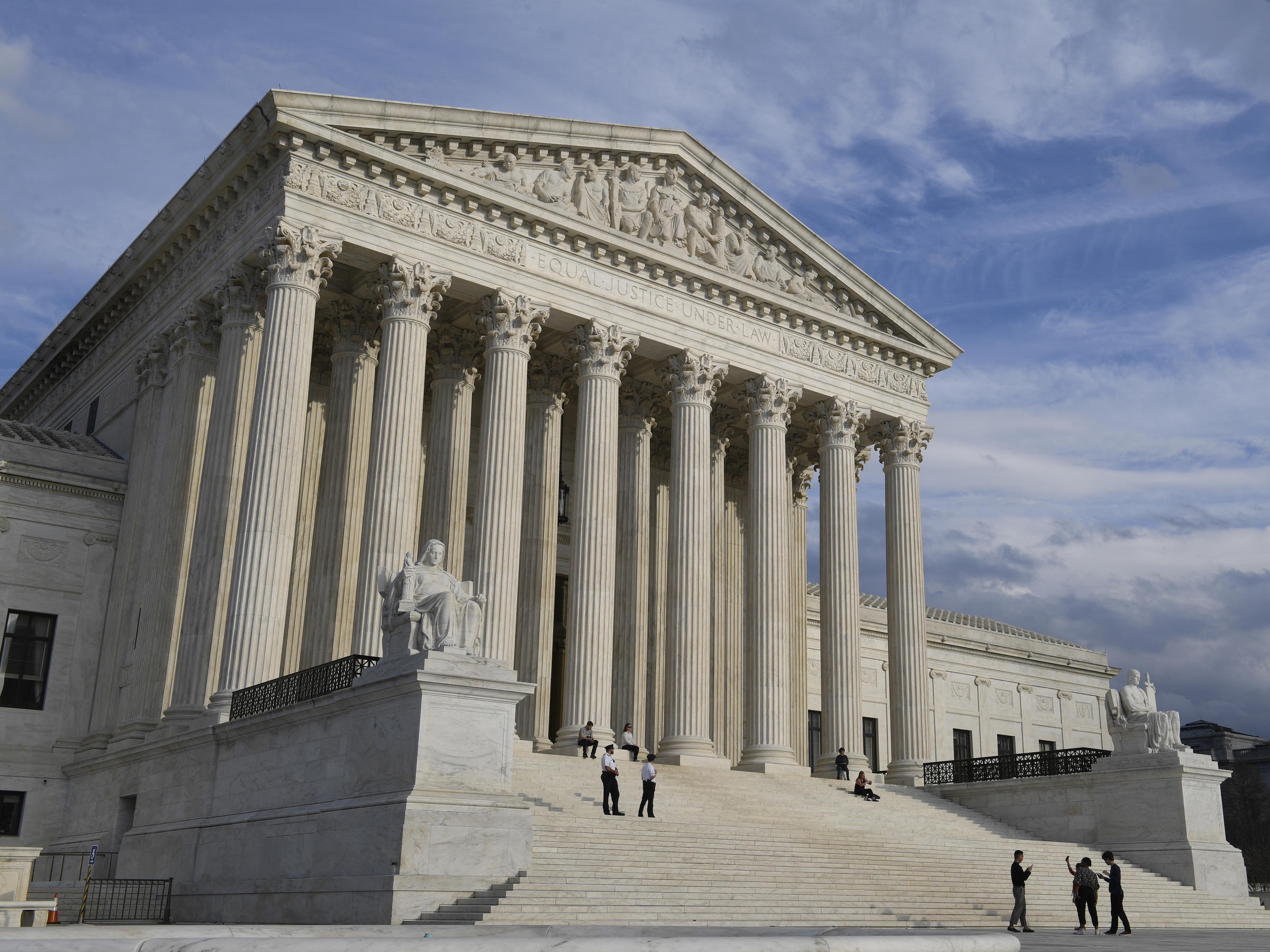 ] ] --- # Copyright Challenges: “Limited” Duration .center[ 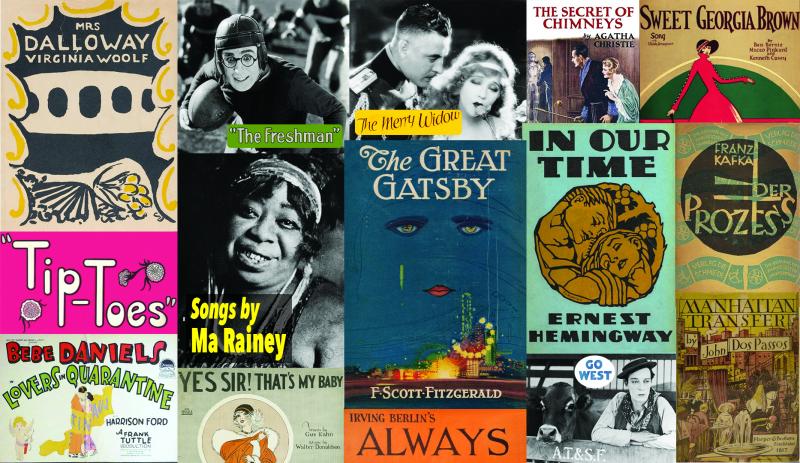 ] .source[Works from 1925 that entered the public domain in 2021, [Center for the Study of Public Domain](https://web.law.duke.edu/cspd/publicdomainday/2021/)] --- # Copyright Challenges: Orphan Works .pull-left[ - .hi[Orphan works]: many works are out of print, but still technically copyrighted, nobody knows who the owner is (and too afraid to publish) - Music, movies, and books produced in 1923-1946 (first 23 years affected by Sunny Bono Act), <6% available today ] .pull-right[ .center[ 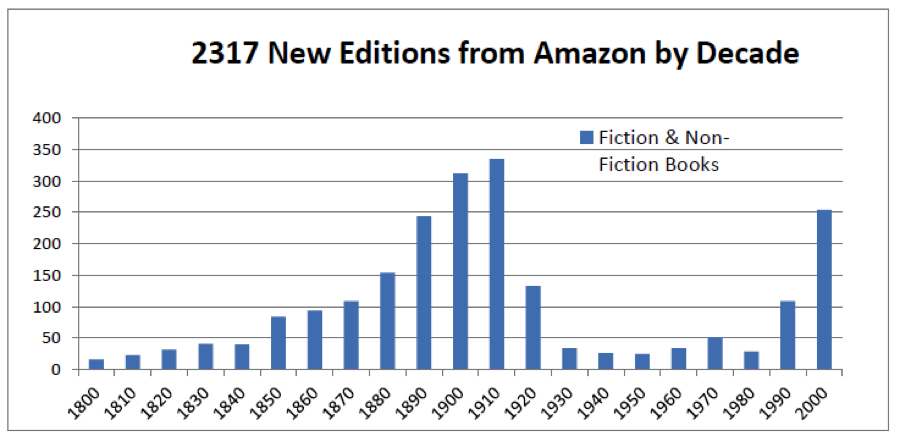 ] ] --- # Copyright Challenges: Over-criminalization .pull-left[ .smallest[ - **No Electronic Theft (NET) Act** (1997): infringing copyright even if for purposes other than commercial resale is illegal - **Digital Millennium Copyright Act (DMCA)** (1998): - §512 Safe Harboring Provisions: any website-owner can avoid liability for users uploading infringing content by automatically removing the material (“DMCA Takedown Notices”) - §1201 Anti-Circumvention Provisions: manufacturing or using any device that could potentially be used to infringe copyright is illegal ] ] .pull-right[ .center[  ] ] --- class: inverse, center, middle # Interlude: Intellectual *Property Rights*? --- # Interlude: Is IP Property? Should it Be? .pull-left[ - Trade secrets, trademarks are longstanding concepts in common law - Patent & copyright are entirely .hi-turquoise[statutory] creations, not common law - Legislature creates artificial scarcity, barriers to entry, & monopoly power - Is copying the same thing as theft? ] .pull-right[ .center[  ] ] --- # Arguments *for* IP Rights .pull-left[ - Moral/deontological arguments - IPR are natural rights - Extension of Lockean self-ownership and “mixing your labor” with nature - Should be entitled to profit off of your own ideas ] .pull-right[ .center[ 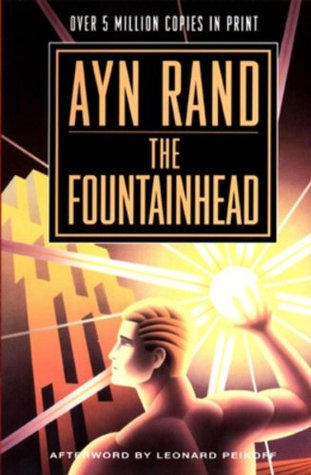 ] ] --- # Arguments *for* IP Rights .pull-left[ .smallest[ - Utilitarian tradeoff between incentives and access - Patents & copyrights preserve incentives to innovate (free of copying) - But restrict access (monopoly power) - So make them temporary - Purpose is not to enrich authors or inventors, but to “promote the Progress of Science and the useful Arts” - At most, let producers recover their fixed costs ] ] .pull-right[ .center[  ] ] --- # Arguments *for* IP Rights .left-column[ .center[ 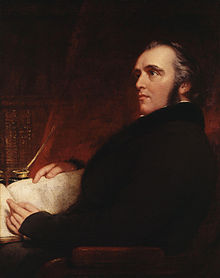 Thomas Macaulay (1800-1859) ] ] .right-column[ .smallest[ > "It is then on men whose profession is literature, and whose private means are not ample, that you must rely for a supply of valuable books. Such men must be remunerated for their literary labour...It is desirable that we should have a supply of good books; we cannot have such a supply unless men of letters are liberally remunerated, and the least objectionable way of remunerating them is by means of copyright...The system of copyright has great advantages, and great disadvantages...Copyright is monopoly, and produces all the effects which the general voice of mankind attributes to monopoly...Monopoly is an evil...For the sake of the good we must submit to the evil; but the evil ought not to last a day longer than is necessary for the purpose of securing the good..." ] ] .source[Macaulay, Thomas, 1841 Parliamentay speech against Serjeant Talfourd's 1841 Copyright Bill] --- # Arguments *against* IP Rights .pull-left[ - Natural rights arguments — IP *violates* natural rights - Unlike real property, ideas are not scarce - Restricts what private persons are able to do with their property - Nobody has a *right* to guaranteed profits ] .pull-right[ .center[ 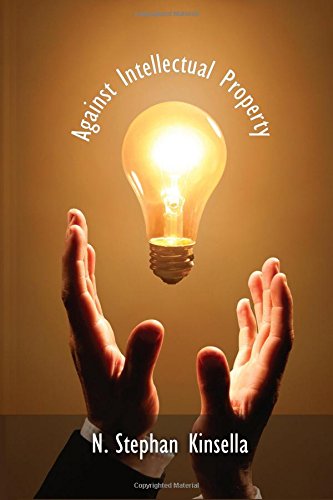 ] ] --- # Arguments *against* IP Rights .pull-left[ - Utilitarian arguments — IP *doesn’t* boost innovation much, and may actively *reduce* it - IP is mostly rent-seeking - Innovation & creation occurs *despite* or *without* IP ] .pull-right[ .center[ 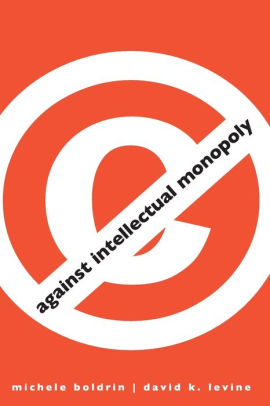 ] ] --- # Limits to IP .pull-left[ - Many valuable things exist but are not patentable or copyrightable - .hi-green[Examples]: jokes, recipes, the news, government reports, fashion - Many valuable things exist (for-profit & non-profit) but don’t rely on patents or copyright - Open source software - Creative commons ] .pull-right[ .center[ 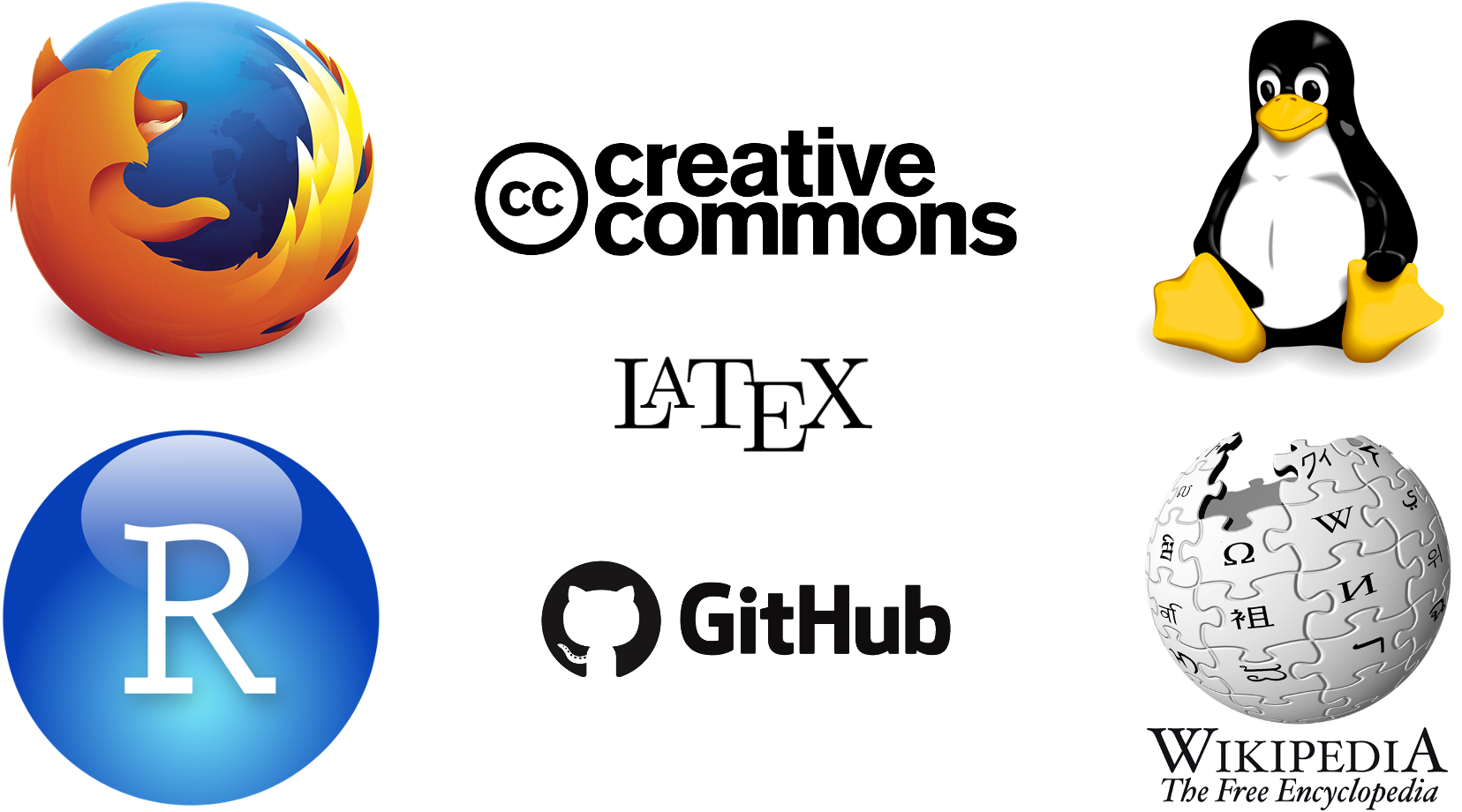 ] ] --- # Limits to IP .pull-left[ - Reasons other than IP that innovators and artists produce - Not-maximizing profits - intrinsic motivation, creativity, altruism - Profit-maximizing alternatives to IP - reputation, speaking fees, merchandising - trade secrets, first mover advantage ] .pull-right[ .center[  ] ] --- # Alternatives to IP .pull-left[ - Trade secrets - Prizes - Longitude - Google X prize - Government R&D subsidies - grants for scientific research - Crowdfunding? - Patent buyouts (Kremer) ] .pull-right[ .center[  ] ] --- # IP Controversy in a Nutshell .center[ 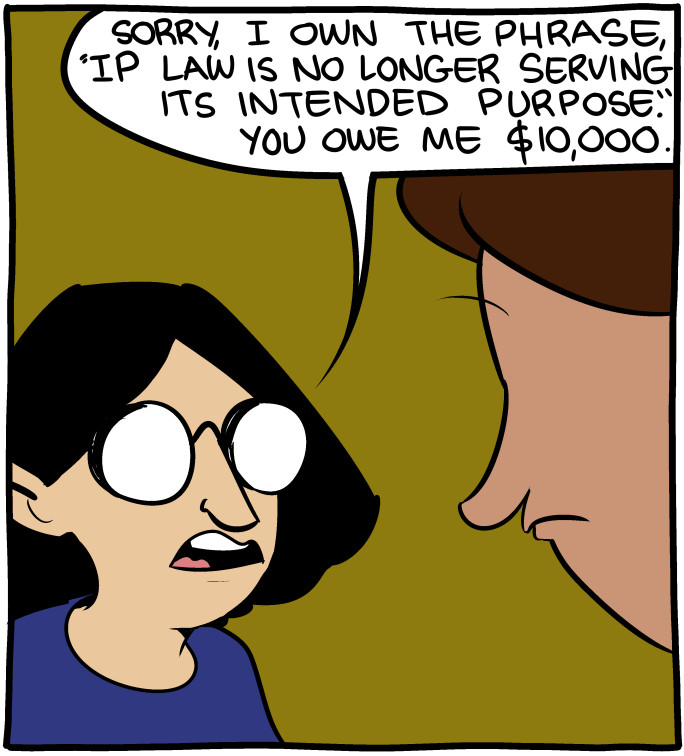 ] .source[Source: [SMBC Comics](https://www.smbc-comics.com/?id=3372)] --- class: inverse, center, middle # Trademarks --- # Trademarks .pull-left[ - A .hi[trademark] or .hi[tradename] grants protection for a word, phrase, symbol, or design which **identifies** a particular seller of goods or services, distinct from other sellers - Prohibits sellers from using marks that are “confusingly similar” to protected marks, this constitutes .hi-purple[infringement] - Is basically .hi-purple[fraud] - Trademarks last .hi-turquoise[indefinitely], so long as the mark is being used in commerce ] .pull-right[ .center[ 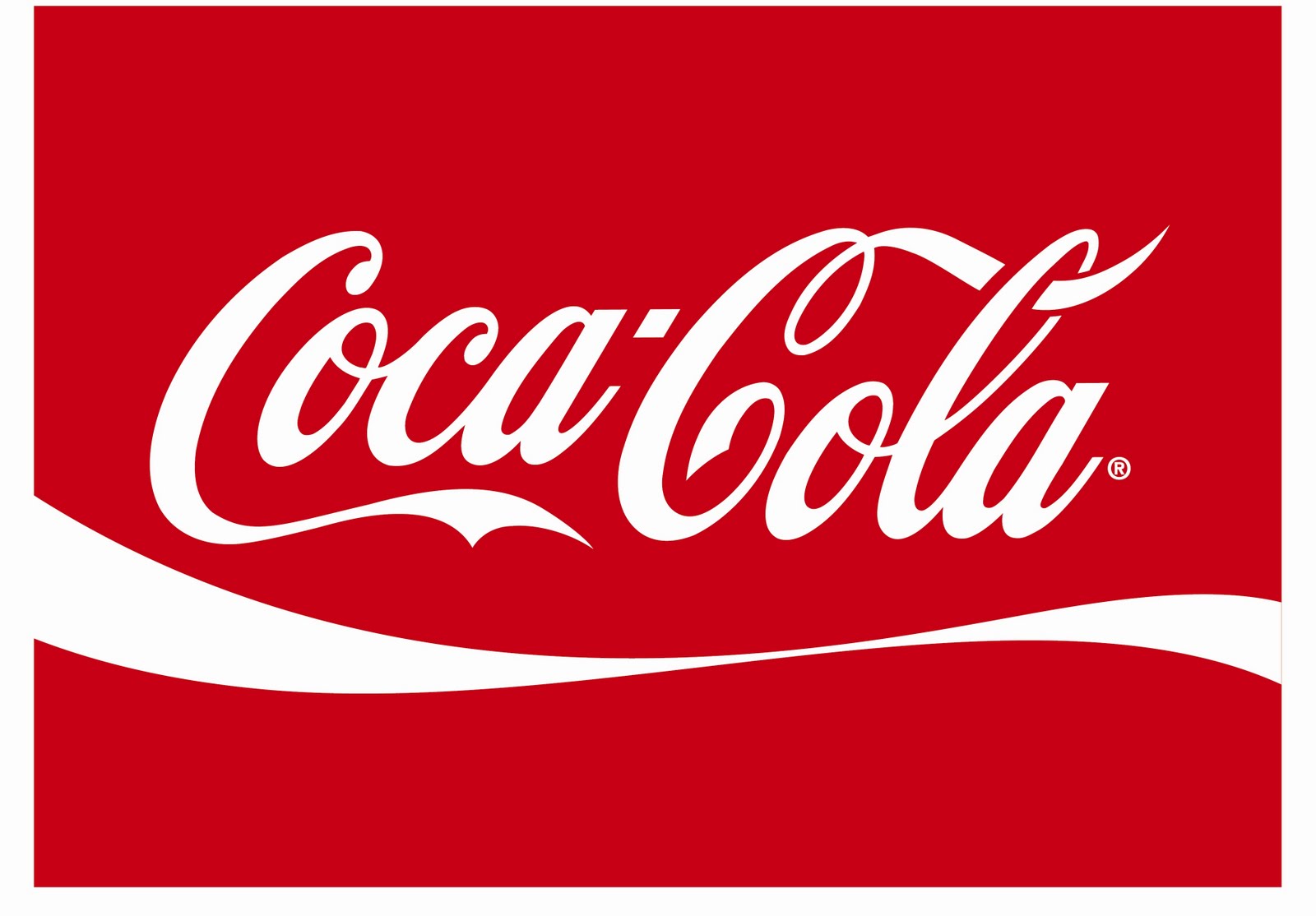 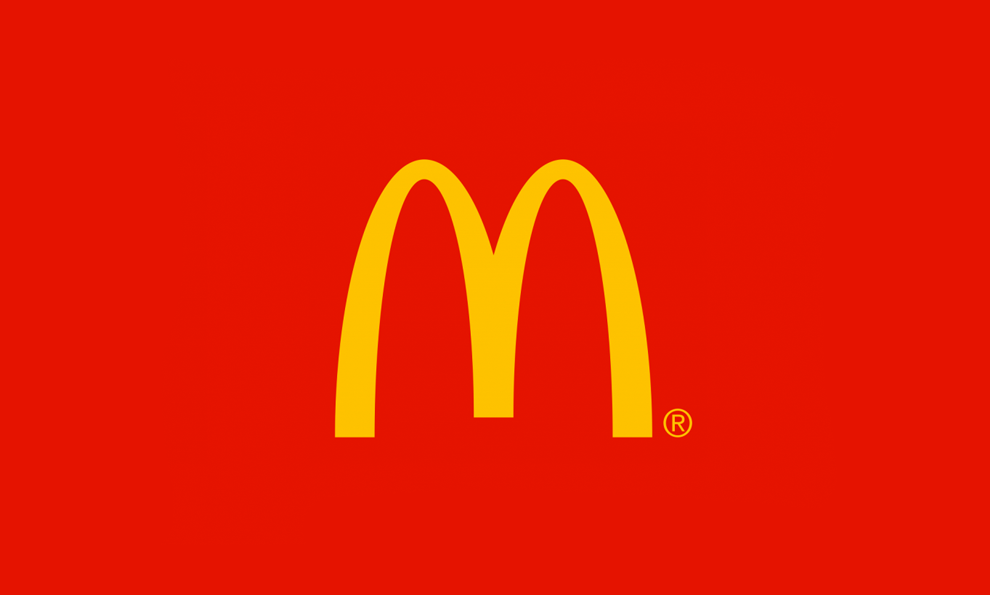 ] ] --- # Trademarks: Economic Purpose .pull-left[ - Allows companies to securely invest in reputation and quality - Consumers can easily identify quality based on seller's brand name - If others could use same markings, consumers can't tell the difference between sellers, lose incentive to invest in high quality goods ] .pull-right[ .center[ 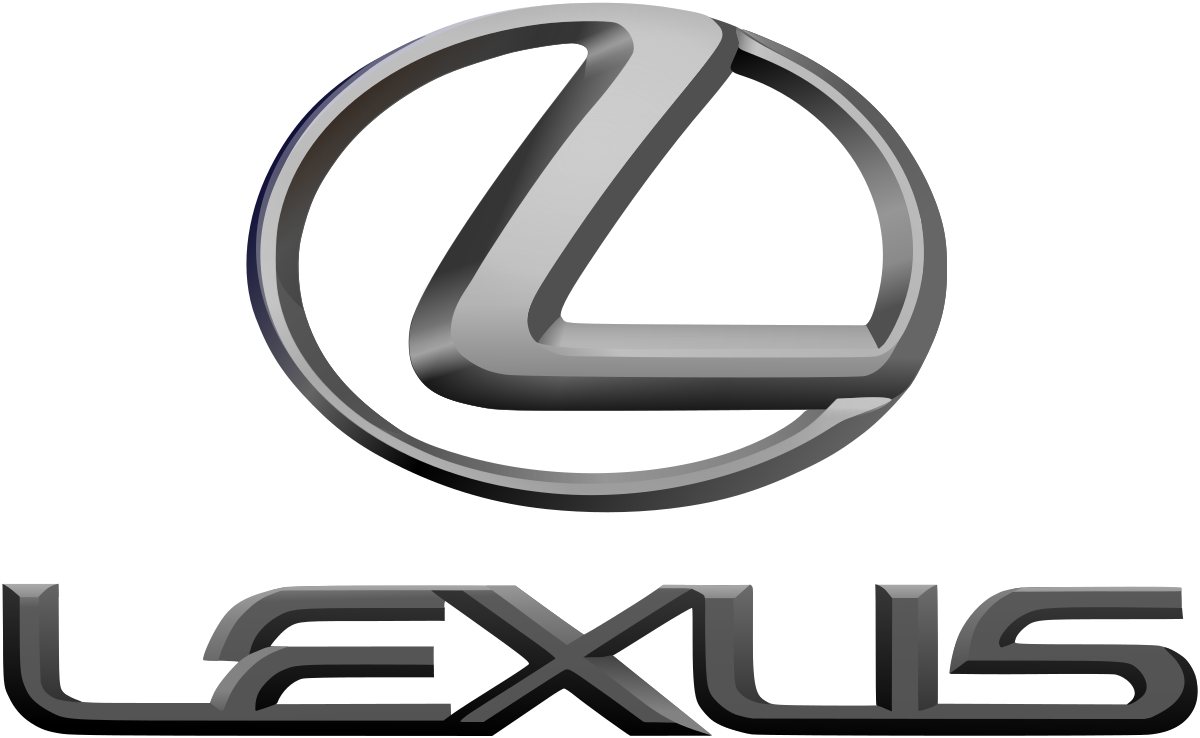 ] ] --- # Trademarks: Exceptions .pull-left[ - Can't trademark generic names (“camera”, “app”) - Sometimes the reverse happens: a brand name becomes so dominant, people refer to a whole product category by it - .hi-green[Examples]: Kleenex, Xerox, Band-Aid, Google - Story of Aspirin (acetacylicilic acid); Coca-Cola investigators ] .pull-right[ .center[  ] ] --- # Trademarks: Registration .pull-left[ - Unregistered trademarks<sup>.red[TM]</sup> or service marks<sup>.red[SM]</sup> - “Common law trademark rights” emerge automatically from use of a distinguishing mark in commerce, enforceable in court - Registered trademarks.red[®] - Can register with PTO for extra protection - Lasts 10 years with optional 10 year renewal ] .pull-right[ .center[ 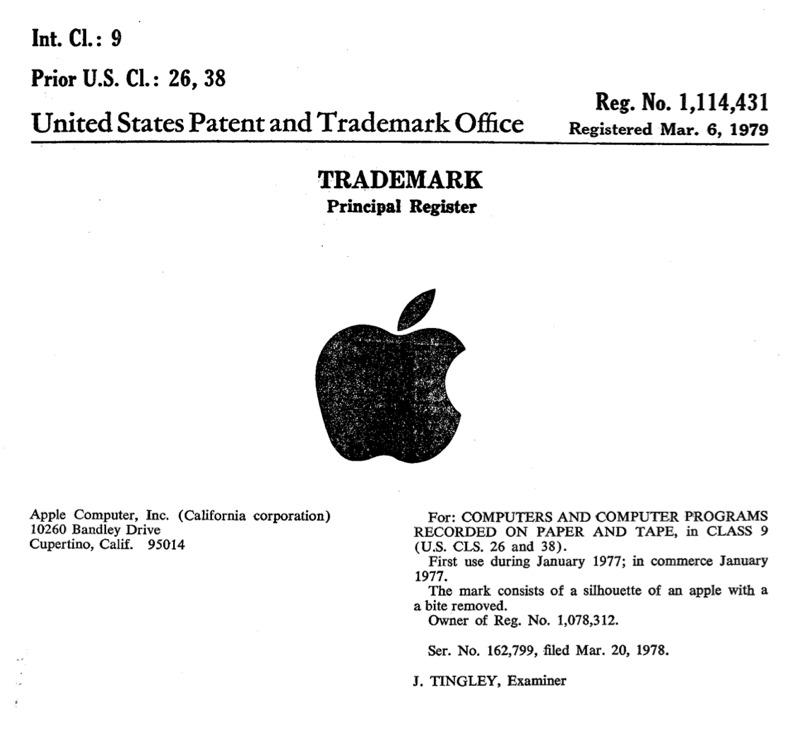 ] ] --- # Trademark Infringement .left-column[ .center[ 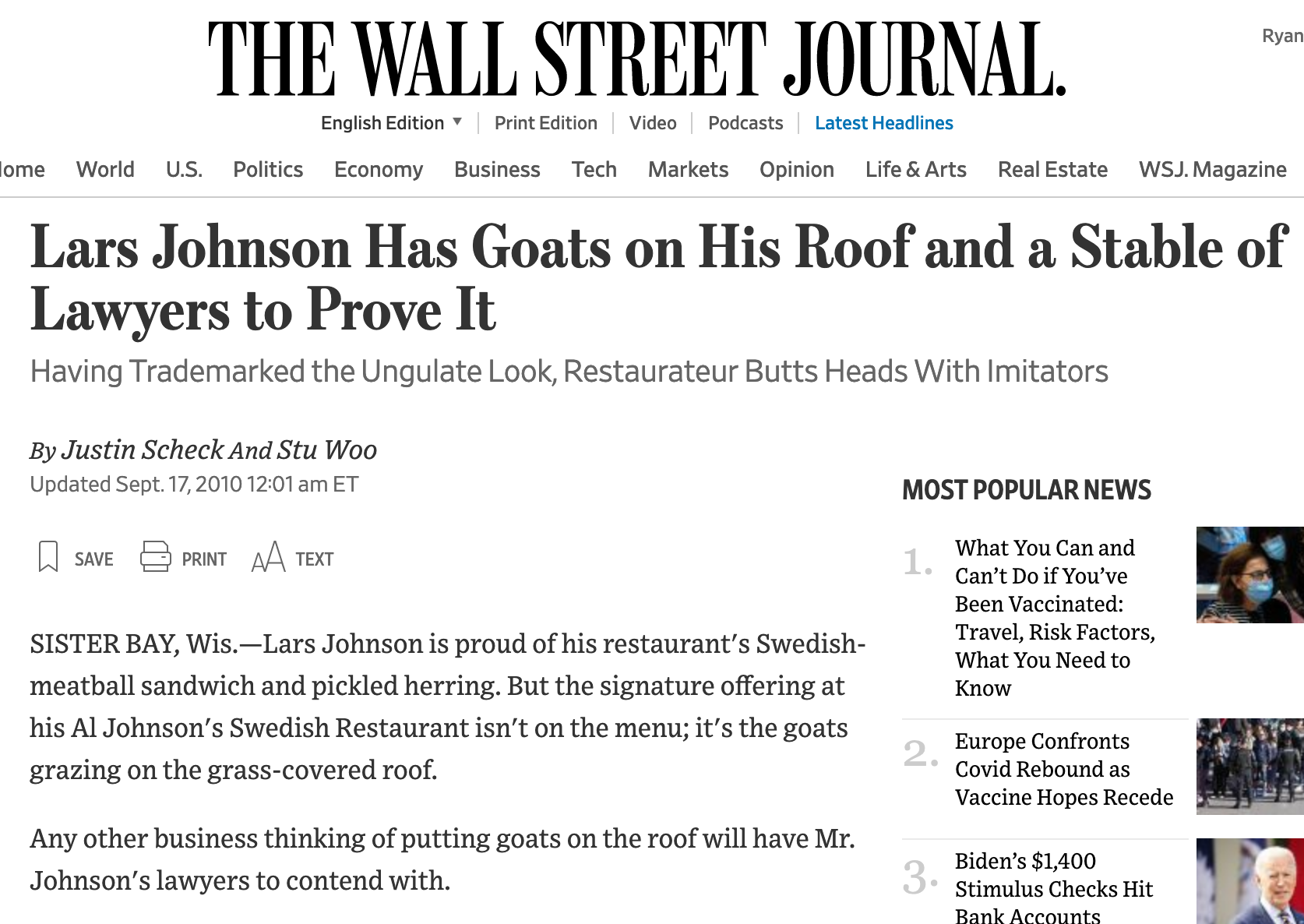 ] ] .right-column[ .quitesmall[ > “But the signature offering at his Al Johnson's Swedish Restaurant isn't on the menu; it's the goats grazing on the grass-covered roof...Some patrons drive from afar to eat at the restaurant and see the goats that have been going up on Al Johnson's roof since 1973. The restaurant 14 years ago trademarked the right to put goats on a roof to attract customers to a business. ” > “Last year, he discovered that Tiger Mountain Market in Rabun County, Ga., had been grazing goats on its grass roof since 2007. Putting goats on the roof wasn't illegal. The violation, Al Johnson's alleged in a lawsuit in the U.S. District Court for the Northern District of Georgia, was that Tiger Mountain used the animals to woo business...Tiger Mountain Market opened a grocery store and gift shop in buildings with grass on the roofs and allows goats to climb on the roofs of its buildings...Al Johnson's "demanded that Defendant cease and desist such conduct, but Defendant has willfully continued to offer food services from buildings with goats on the roof," the suit continued.” ] .source[Source: [WSJ Sept 17, 2010](https://www.wsj.com/articles/SB10001424052748704285104575492650336813506)] ] --- # Trademark Dilution .pull-left[ .center[ 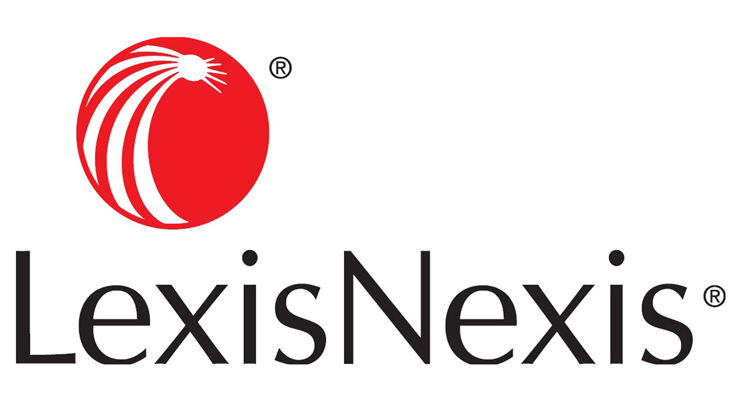 ] ] -- .pull-right[ .center[  ] ] --- # Trademark Dilution .pull-left[ .center[  ] ] -- .pull-right[ .center[  ] ] --- # Trademark Dilution .pull-left[ - Can sue for “.hi-purple[dilution] of the distinctive quality of a mark or trade name” even in “absence of competition between the parties or the absence of confusion as to the source of goods or services.” - Less clear economic argument - Do we really think consumers can't tell the difference between Coca-Cola the soft drink and an auto-parts store calling itself “Coca-Cola”? ] .pull-right[ .center[  ] ] --- # Trademarks Have No “Fair Use” Defense .center[  ] --- # You Can Trademark Some Crazy Things .pull-left[ .center[  ] ] .pull-right[ > “Trademarking nicknames and phrases is not new. Pat Riley obtained a trademark for the term “three-peat” in 1989, when he coached the Los Angeles Lakers. But lawyers who handle intellectual property rights say the practice has accelerated in recent years as athletes and sports figures seek to extend their brands into the entertainment world.” .source[[New York Times (Dec 12, 2010)](https://www.nytimes.com/2010/12/10/sports/10trademark.html?hp)] ] --- # Trademarks Apparently *Can* Be “Disparaging” .pull-left[ .center[ 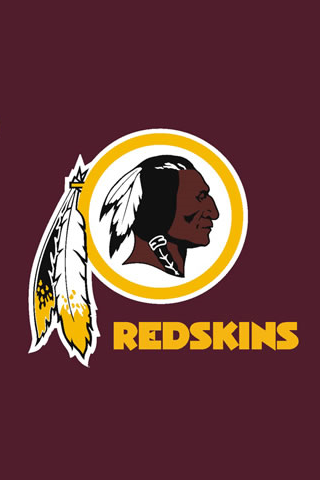 ] ] .pull-right[ .center[  ] ] .source[[Wikipedia: Washington Redskins name controversy](https://en.wikipedia.org/wiki/Washington_Redskins_name_controversy); [Matal v. Tam (2017)](https://en.wikipedia.org/wiki/Matal_v._Tam)] --- class: inverse, center, middle # Trade Secrets --- # Trade Secrets .pull-left[ - .hi[Trade secret] is any information “used in one's business” that gives its owner “an opportunity to obtain an advantage over competitors who do not know or use it.” - formula, device, process, or piece of information - valuable only so long as others don’t know it ] .pull-right[ .center[ 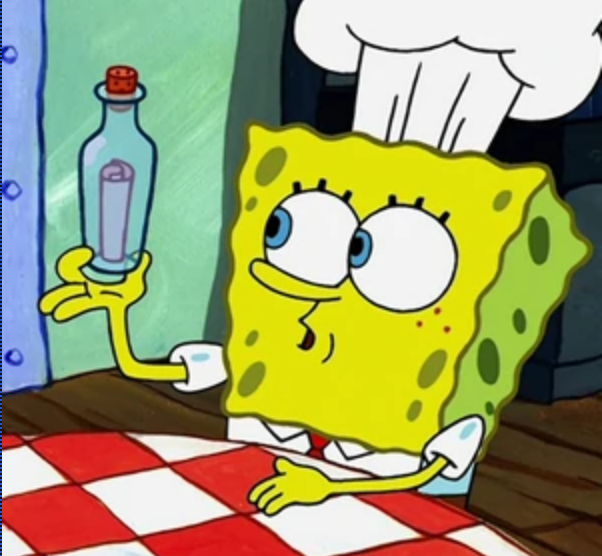 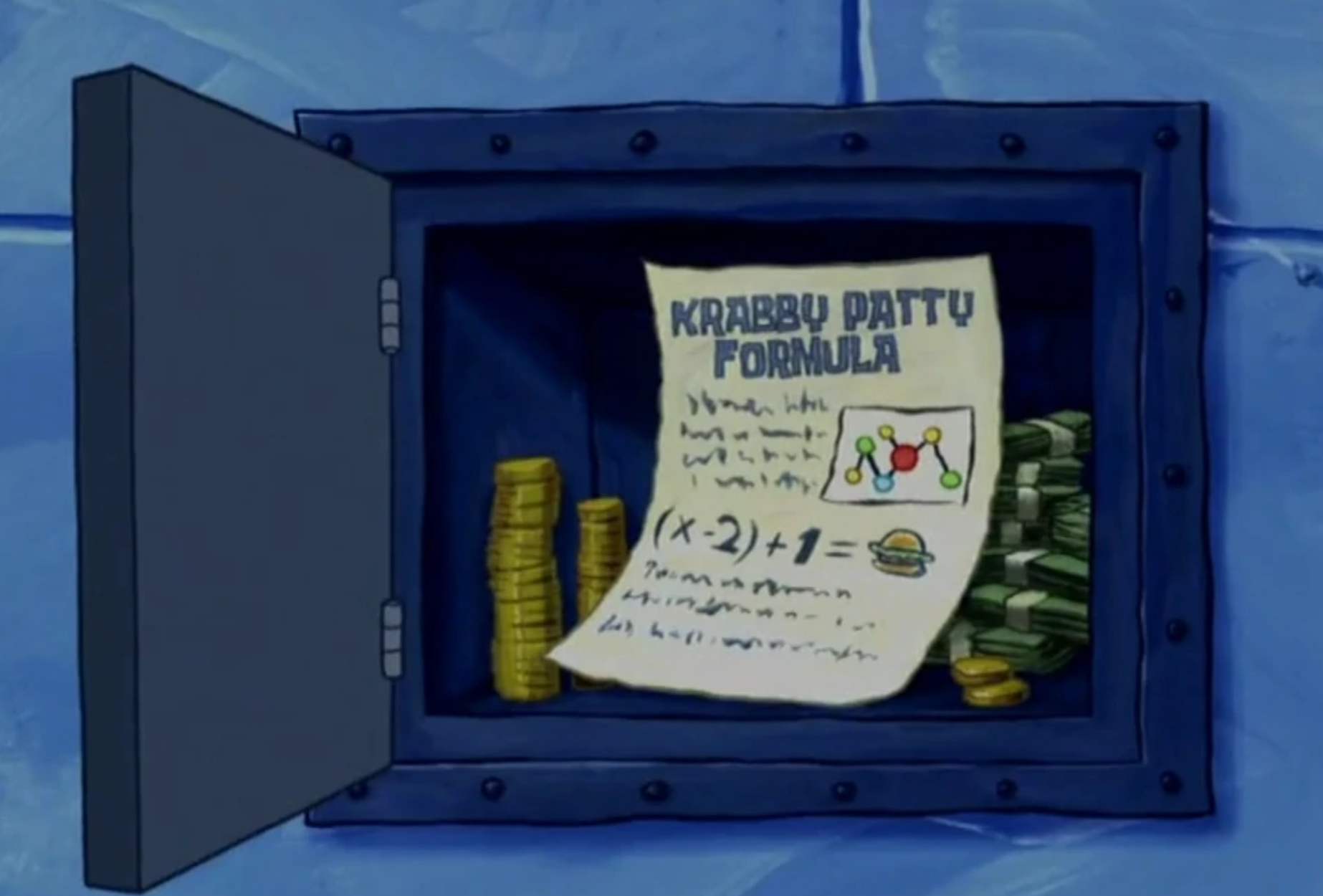 ] ] --- # Trade Secrets .pull-left[ - Plaintiff can sue Defendant for .hi[”misappropriation”] (basically, theft) of a trade secret if can demonstrate: 1. It is a valid trade secret 2. The Defendant acquired it illegally 3. Plaintiff took reasonable steps to protect it ] .pull-right[ .center[  ] ] --- # Trade Secrets .pull-left[ - Unlike normal property rights, possessor of trade secrets must continually make efforts to keep them secret! - If they leave their “secrets” lying around, they lose claim to them - Kind of like adverse possession in property ] .pull-right[ .center[  ] ] --- # Trade Secrets vs. Patents .pull-left[ - Strategic choice by firms/inventors to use trade secrets vs. patents - Tradeoff of indefinite secrecy vs. guaranteed temporary monopoly - Patents require public disclosure of secrets, once they expire, firm loses competitive advantage ] .pull-right[ .center[  ] ] --- # The Limits of Trade Secrets .pull-left[ - .hi[Non-disclosure agreements] - Suppose B works for A, who has her sign an NDA - B then leaves to work for competitor, C, and reveals A's secrets to C - A can sue B for breach of contract (our next unit) - But A has no recourse against party C, if C had no reasonable way of knowing about the NDA - NDAs tend to be very difficult to enforce ] .pull-right[ .center[  ] ]